-
Ukraine waiting for answer from Russia on civilian infrastructure ceasefire
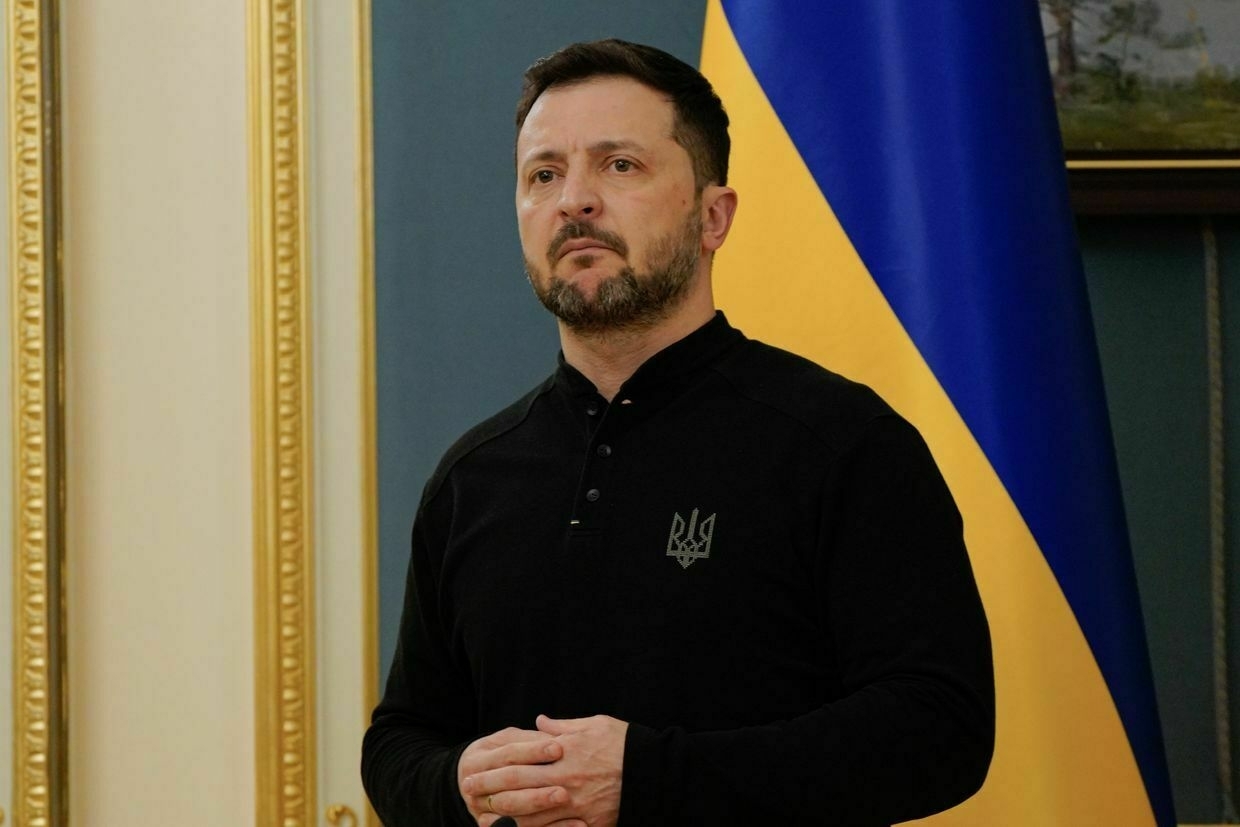
Ukraine is waiting for a “clear answer” from Russia regarding its proposal for a 30-day ceasefire on attacks against civilian infrastructure, President Volodymyr Zelensky said on April 21.
Zelensky proposed a ban on long-range drone and missile strikes against civilian targets in Russia and Ukraine on April 20, amid Russian President Vladimir Putin’s dubious “Easter truce."
“Ukraine maintains its offer not to strike at least at civilian infrastructure,” Zelensky said in his evening address April 21.
“And we expect a clear answer from Moscow. We are ready for any conversation on how to ensure this."
While Kyiv has repeatedly expressed its support for a full, unconditional ceasefire on all hostilities, Zelensky put forth the proposal for a ban on civilian infrastructure attacks after Easter Sunday passed without any air raid alarms going off in Ukraine.
Even though the Ukrainian military recorded over 3,000 Russian violations of the temporary Easter truce, the quiet alarms signaled Moscow’s potential ability to abide by a partial ceasefire.
“There is an obvious, simplest, and most reliable way, namely: to stop the strikes of missiles and long-range drones, and this will automatically guarantee the preservation of all civilian infrastructure,” Zelensky said.
“It is a ceasefire — a real, lasting one — that should be the first step towards a reliable and lasting peace."
The Kremlin has said it needs to “look into” the proposal and has not yet responded to Zelensky definitively.
The proposed ban comes as U.S. President Donald Trump voices increasing confidence about his ability to announce a ceasefire between Russia and Ukraine in the coming days — provided Kyiv is willing to accept major concessions.
The Trump administration’s controversial plan includes provisions for legally recognizing Russia’s 2014 annexation of Crimea and barring Ukraine from joining NATO, the Wall Street Journal reported on April 20.
Kyiv has consistently said it would not recognize Russia’s occupation of any Ukrainian territory, including Crimea.
The next round of major peace talks will take place in London on April 23. Officials from Ukraine, the United Kingdom, France, and the U.S. will discuss plans for a potential ceasefire.
Critical week for Ukraine begins as Trump hopes to ‘end war’U.S. President Donald Trump declared that Russia and Ukraine could reach a war-ending deal “this week,” as his team threatens that Washington could ditch the peace talks efforts if no step is taken in the near future. “Both will then start to do big business with the United StatesThe Kyiv IndependentAsami Terajima
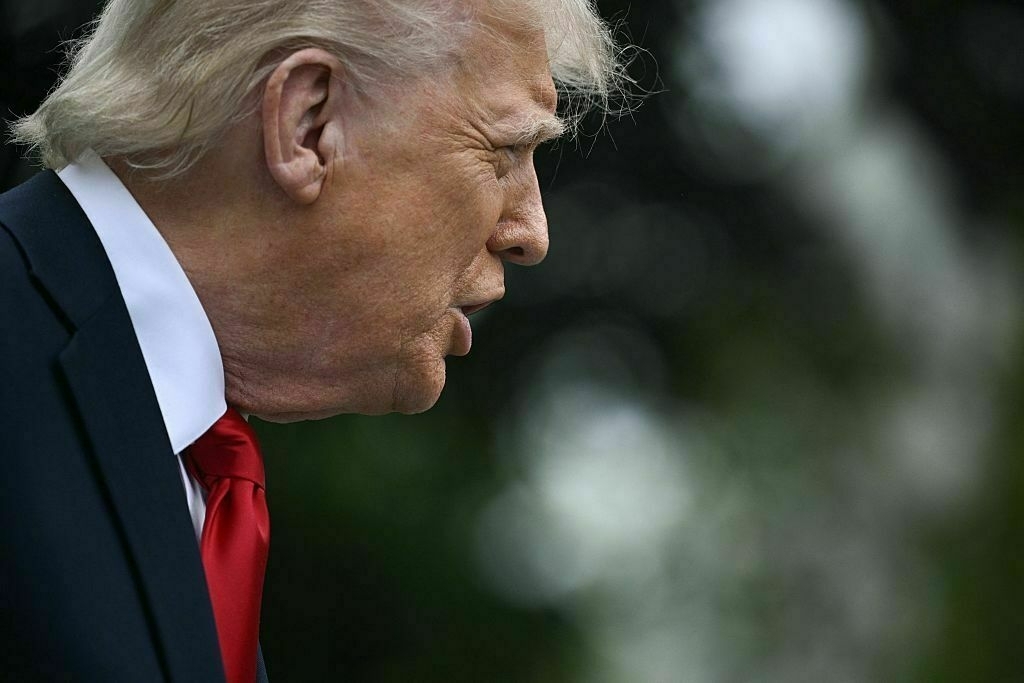
-
SBU says it detained '5 pro-Russian agitators' for promoting Kremlin narratives, justifying war crimes
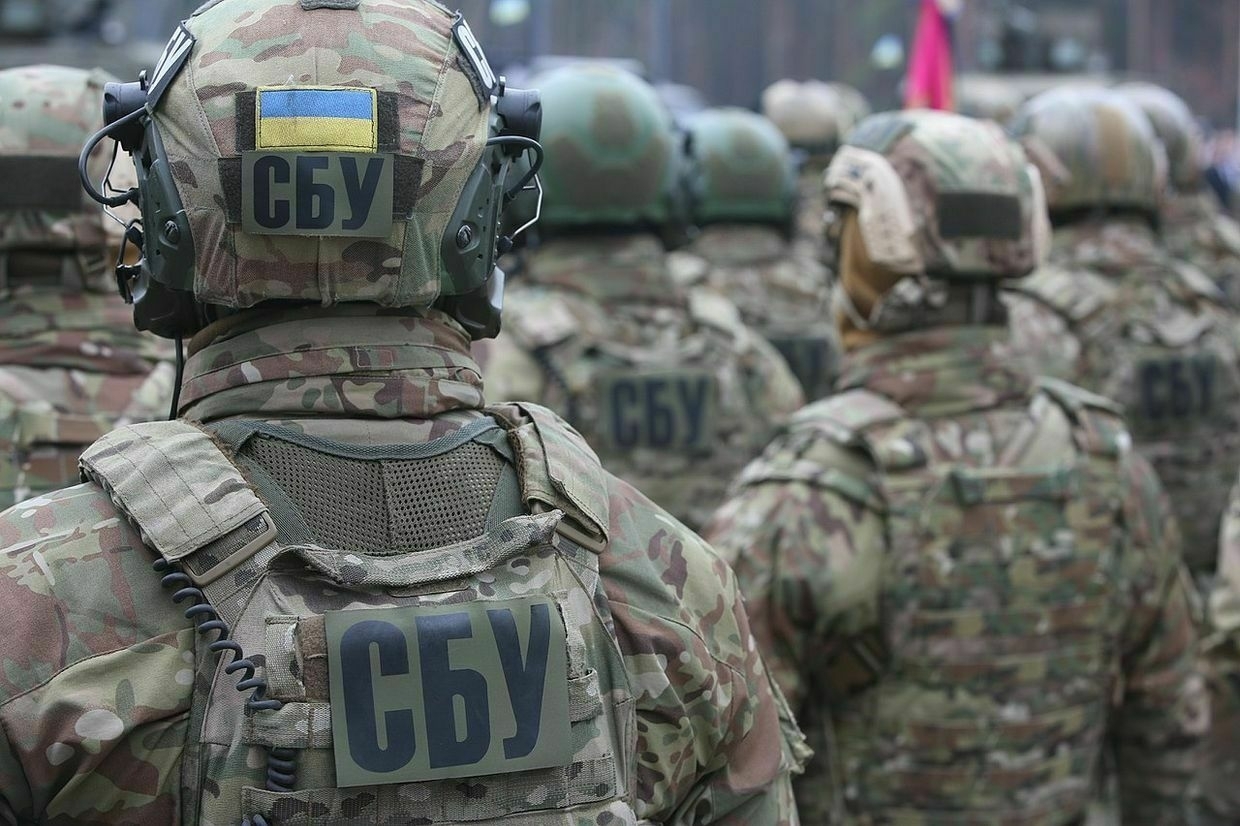
The Security Service of Ukraine (SBU) detained five individuals accused of spreading pro-Russian propaganda and publicly justifying war crimes committed by Russian forces, the agency reported on April 21.
Among those detained is a former member of the banned Nashi party, linked to former Ukrainian pro-Russian lawmaker Yevhen Murayev, who fled Ukraine in May 2022.
According to the SBU, the suspect administered a Facebook group promoting the party and used it to circulate disinformation about Ukraine’s army, glorify Russian President Vladimir Putin, and undermine Ukrainian defense efforts.
Murayev was previously accused by the U.K. Foreign Office of being Moscow’s choice to lead a possible puppet regime in Kyiv. One day after Russia’s full-scale invasion began in February 2022, Murayev publicly called on Ukraine to surrender.
He was charged with high state treason by the SBU in the summer of 2023.
Another suspect, employed at a factory in Kyiv Oblast, reportedly praised the Russian military in conversations with coworkers. In Kyiv, the SBU detained a Russian national who used the banned Russian social media platform Vkontakte to voice support for the Russian army.
In western Ukraine’s Ivano-Frankivsk Oblast, a resident of Bohorodchany village was exposed for glorifying Russian troops and justifying the occupation of eastern Ukraine.
The fifth suspect, a driver for a local trading company, allegedly engaged in pro-Kremlin rhetoric and attempted to justify Russian war crimes during work-related travel with colleagues.
Forensic linguistic examinations confirmed the individuals' involvement in spreading subversive content, the SBU said. All five suspects have been charged with justifying, recognizing as lawful, or denying Russia’s armed aggression against Ukraine.
They are currently in custody and face up to eight years in prison with the possibility of property confiscation.
Critical week for Ukraine begins as Trump hopes to ‘end war’U.S. President Donald Trump declared that Russia and Ukraine could reach a war-ending deal “this week,” as his team threatens that Washington could ditch the peace talks efforts if no step is taken in the near future. “Both will then start to do big business with the United StatesThe Kyiv IndependentAsami Terajima
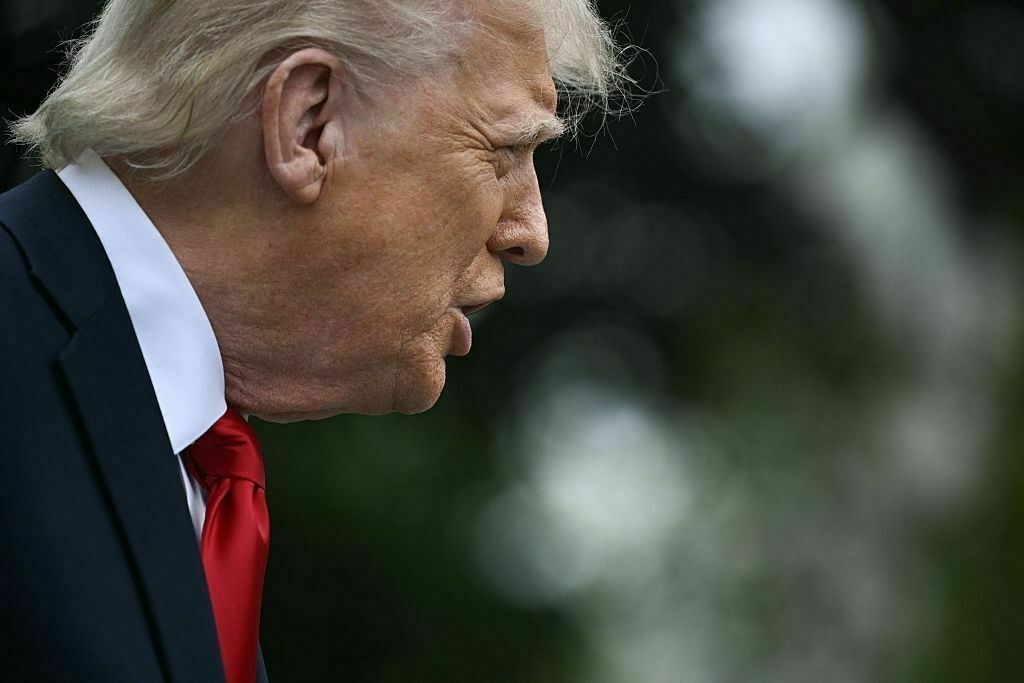
-
Ukraine war latest: Russia announces 'resumption' of hostilities after Easter ceasefire as Kyiv reports 3,000 violations
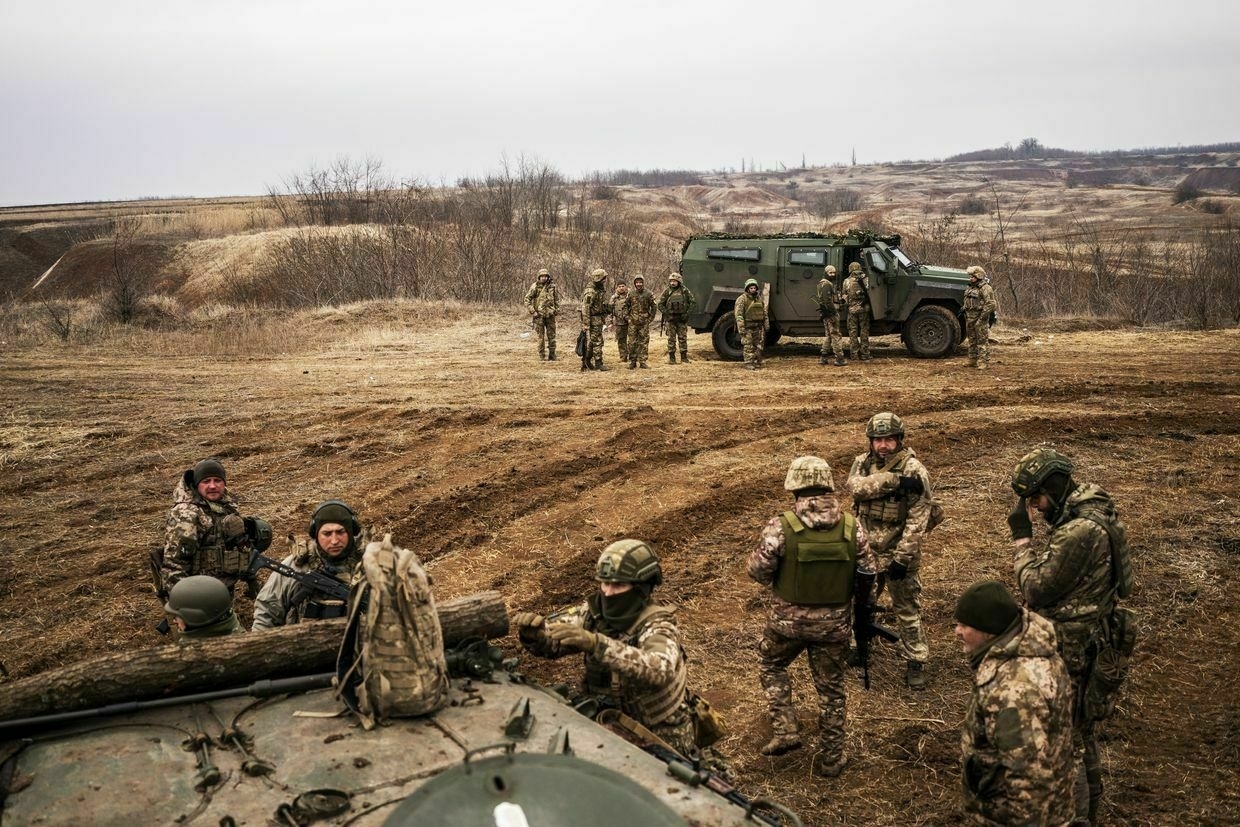
Key developments on April 21:
- Ukraine, US, UK, France to meet in London on April 23 for peace talks, Zelensky says
- Russia announces ‘resumption’ of hostilities after Easter ceasefire as Kyiv reports violations
- Ukraine strikes Russian drone launch site in Kursk Oblast, killing up to 20 operators, General Staff says
- Russia intensifies push in Kursk, Sumy border areas as Ukraine holds line, Syrskyi says
Representatives from Ukraine, the United Kingdom, France, and the United States will meet in London on April 23 to continue talks on a potential ceasefire in Russia’s war against Ukraine, President Volodymyr Zelensky announced on April 21.
“We are ready to move forward as constructively as possible, just as we have done before, to achieve an unconditional ceasefire, followed by the establishment of a real and lasting peace,” Zelensky posted on X following a call with U.K. Prime Minister Keir Starmer.
The meeting comes as Ukraine allegedly faces mounting pressure to respond to a controversial U.S. proposal that includes provisions for recognizing Russia’s 2014 annexation of Crimea and barring Ukraine from joining NATO, the Wall Street Journal reported on April 20.
A source in the President’s Office told the Kyiv Independent that no such proposal exists.
U.S. President Donald Trump told reporters on April 21 that there is a “very good” chance of reaching a peace deal, citing recent talks as productive. Washington has previously signaled it may end its mediation efforts in the coming days if no meaningful progress is made.
“I will be giving you full details over the next three days, but we had very good meetings on Ukraine, Russia,” the U.S. president said. “There is a very good chance (to reach a ceasefire)."
Despite Trump’s push for a ceasefire, Moscow has rejected a proposed 30-day truce and continues offensive operations. On April 19, Russian President Vladimir Putin announced a one-day Easter ceasefire, which Zelensky said was violated around 3,000 times.
Kyiv has proposed a separate 30-day ceasefire focused on halting long-range drone and missile attacks on civilian infrastructure. Putin said the Kremlin needs to “look into” the proposal.
Critical week for Ukraine begins as Trump hopes to ‘end war’U.S. President Donald Trump declared that Russia and Ukraine could reach a war-ending deal “this week,” as his team threatens that Washington could ditch the peace talks efforts if no step is taken in the near future. “Both will then start to do big business with the United StatesThe Kyiv IndependentAsami Terajima
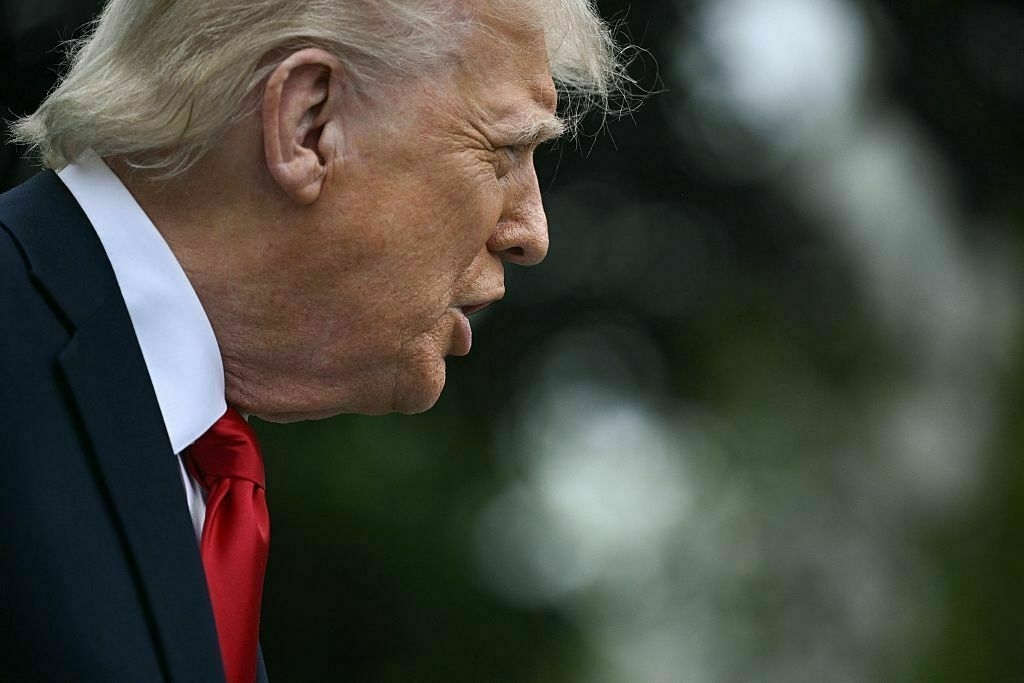
Russia announces ‘resumption’ of hostilities after Easter ceasefire as Kyiv reports violationsRussia’s Defense Ministry announced on April 21 that Russian troops resumed hostilities after the supposed Easter ceasefire, even as Ukraine accused Moscow of repeated violations while the truce was allegedly in effect.
The Russian ministry claimed its forces had struck Ukrainian forces near the village of Khmelivka in Sumy Oblast, the town of Kupiansk in Kharkiv Oblast, the villages of Novodanylivka in Zaporizhzhia Oblast, Poniativka in Kherson Oblast, and near several settlements in Donetsk Oblast.
Russia’s temporary ceasefire was said to start at 6 p.m. Moscow time on April 19 and end at midnight on April 21. President Volodymyr Zelensky accused Russia of nearly 3,000 ceasefire breaches during that period.
Russia’s violations included 96 Russian assaults on Ukrainian positions, 1,882 instances of shelling, and 950 uses of Russian first-person-view (FPV) drones during the truce, Zelensky claimed, citing a briefing from Commander-in-Chief Oleksandr Syrskyi.
According to Kyiv, the Russian military was most active in the Pokrovsk and Siversk directions in Ukraine’s eastern Donetsk Oblast.
The Ukrainian military warned in early April that Russia was preparing a new offensive in Kharkiv Oblast.
The press service of Ukraine’s 13th National Guard Khartiia Brigade said on April 20 that Russia also used the Easter truce to reinforce positions and prepare for renewed assaults in Kharkiv Oblast.
US recognizing Crimea as Russian would be ‘much worse than Munich in 1938,’ Ukrainian lawmaker saysThe chair of the Ukrainian parliament’s foreign affairs committee compared the potential decision to Western appeasement of Adolf Hitler that led to World War II.The Kyiv IndependentChris York
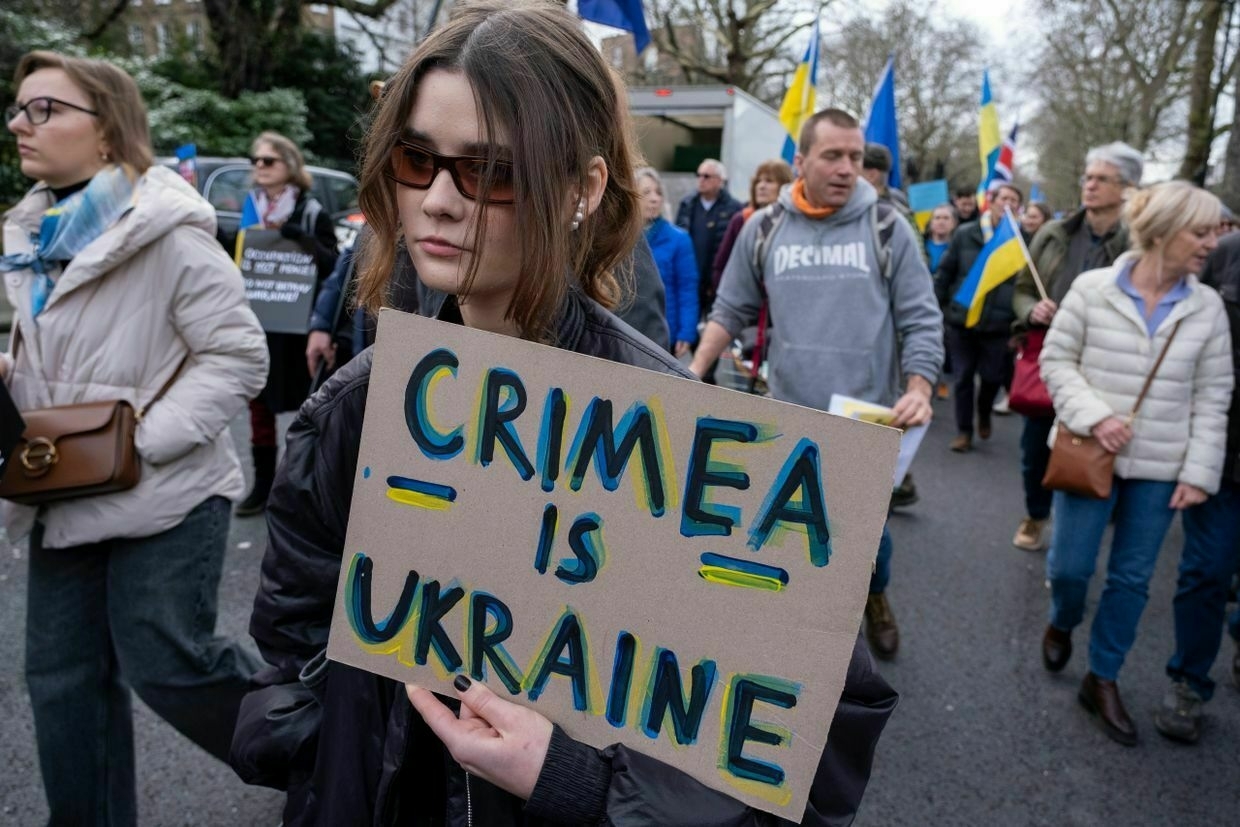
Ukraine strikes Russian drone launch site in Kursk Oblast, killing up to 20 operators, General Staff saysUkraine’s Air Force struck a Russian drone launch site near the village of Tetkino in Russia’s Kursk Oblast on April 19, Ukraine’s General Staff reported on April 21.
The attack killed up to 20 drone operators, the statement read. Russian forces reportedly used the facility to prepare, equip, and launch reconnaissance, strike, and FPV (first-person-view) drones.
Russian forces launch hundreds of drones against Ukraine almost every night, targeting civilian areas and critical infrastructure.
“Our strike is a tangible response to (Russia’s) actions against the Ukrainian army,” the General Staff said. “No war crime will go unpunished."
The drone attacks come as Moscow continues to reject a U.S.-backed proposal for a 30-day ceasefire between Russia and Ukraine.
President Volodymyr Zelensky proposed on April 20 to implement a 30-day ban on long-range drone and missile strikes against civilian infrastructure. The Kremlin did not support Kyiv’s proposal.
Russia intensifies push in Kursk, Sumy border areas as Ukraine holds line, Syrskyi saysRussian forces are intensifying efforts to push Ukrainian troops out of Kursk Oblast and capture border areas of Sumy Oblast, Commander-in-Chief Oleksandr Syrskyi said in a Facebook post on April 21.
“Intense fighting continues in Sumy Oblast in areas near the state border, as well as on the territory of the Russian Federation,” Syrskyi wrote.
Sumy Oblast, in northeastern Ukraine, borders Russia’s Kursk, Bryansk, and Belgorod oblasts, making it a critical front line in Russia’s full-scale war.
Syrskyi said that Ukrainian forces “have once again thwarted the enemy’s offensive in this area with their active actions,” preventing Russian troops from executing their operational objectives.
The general reported visiting front-line brigades shortly before Easter, meeting with commanders, headquarters officials, and military service chiefs.
He said all necessary decisions had been made to support ongoing operations and replenish military equipment and ammunition.
Syrskyi emphasized that Ukraine’s ability to counter Russia’s numerical advantage depends on advancing in high-tech warfare.
“Only by staying ahead of the enemy in the use of high-tech weapons, increasing the number and quality of robotic platforms and remotely controlled modules, and introducing artificial intelligence into weapons will Ukraine be able to destroy the Russian forces effectively,” he said.
The statement follows warnings that Russia has launched its expected spring offensive. Syrskyi said on April 9 that Moscow’s campaign “has actually already begun,” with Russian attacks surging across the front line.
Zelensky warned in March that Russia was preparing new assaults on Sumy and Kharkiv oblasts following Moscow’s rapid advances in Kursk Oblast.
Ukraine initially captured 1,300 square kilometers (500 square miles) of Russian territory during a cross-border operation but has since come under intense pressure from a Russian counteroffensive bolstered by North Korean forces.
According to the DeepState monitoring group, as of April 21, Ukrainian forces hold approximately 30 square kilometers (about 323 square feet) of territory in Russia’s Kursk Oblast.
Note from the author:
Ukraine War Latest is put together by the Kyiv Independent news desk team, who keep you informed 24 hours a day, seven days a week. If you value our work and want to ensure we have the resources to continue, join the Kyiv Independent community.
-
Ukraine, US, UK, France to meet in London on April 23 for peace talks, Zelensky says
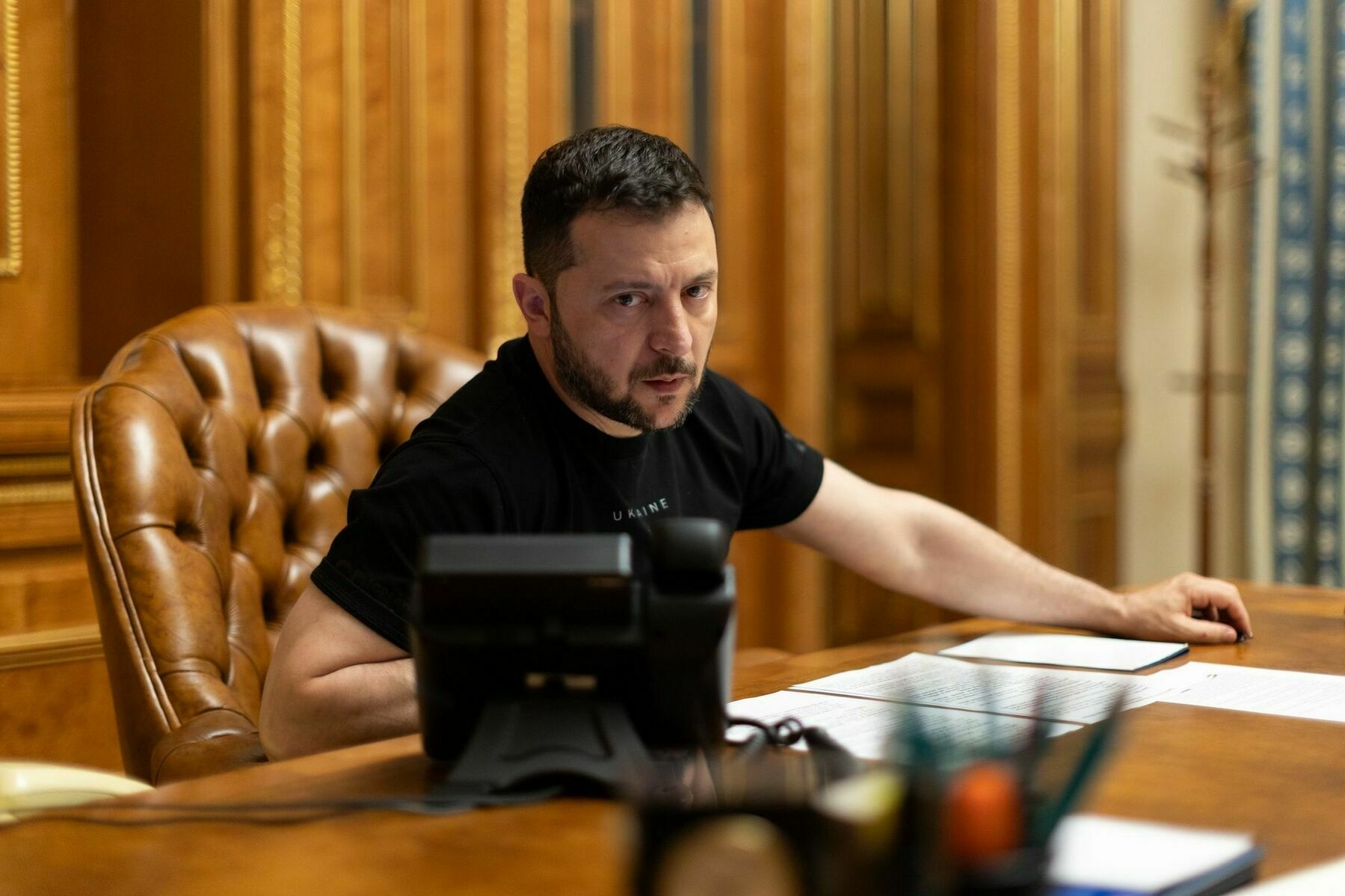
Representatives from Ukraine, the United Kingdom, France, and the United States will meet in London on April 23 to continue talks on a potential ceasefire in Russia’s war against Ukraine, President Volodymyr Zelensky announced on April 21.
“We are ready to move forward as constructively as possible, just as we have done before, to achieve an unconditional ceasefire, followed by the establishment of a real and lasting peace,” Zelensky posted on X following a call with U.K. Prime Minister Keir Starmer.
The meeting comes as Ukraine faces mounting pressure to respond to a controversial U.S. proposal that includes provisions for recognizing Russia’s 2014 annexation of Crimea and barring Ukraine from joining NATO, the Wall Street Journal reported on April 20.
Senior Trump administration officials presented the plan to Ukrainian and European officials during the Paris talks on April 17.
The upcoming London meeting is expected to serve as a follow-up, with Ukrainian feedback playing a decisive role in whether the proposal will be formally introduced to Moscow.
U.S. Special Envoy to Ukraine Keith Kellogg told Fox News on April 20 that "NATO isn't on the table," further confirming that Washington is considering excluding Ukraine's potential accession as part of the peace deal.
Kyiv has consistently said it would not recognize Russia's occupation of any Ukrainian territory, including Crimea.
The U.S. proposal would mark a dramatic shift from a decade of bipartisan policy in Washington and contradict international law, which considers the 2014 annexation illegal.
U.S. President Donald Trump told reporters on April 21 that there is a "very good" chance of reaching a peace deal, citing recent talks as productive. Washington has previously signaled it may end its mediation efforts in the coming days if no meaningful progress is made.
Despite Trump's push for a ceasefire, Moscow has rejected a proposed 30-day truce and continues offensive operations. On April 19, Russian President Vladimir Putin announced a one-day Easter ceasefire, which Zelensky said was violated around 3,000 times.
Kyiv has proposed a separate 30-day ceasefire focused on halting long-range drone and missile attacks on civilian infrastructure. Putin said the Kremlin needs to "look into" the proposal.
US recognizing Crimea as Russian would be ‘much worse than Munich in 1938,’ Ukrainian lawmaker saysThe chair of the Ukrainian parliament’s foreign affairs committee compared the potential decision to Western appeasement of Adolf Hitler that led to World War II.The Kyiv IndependentChris York
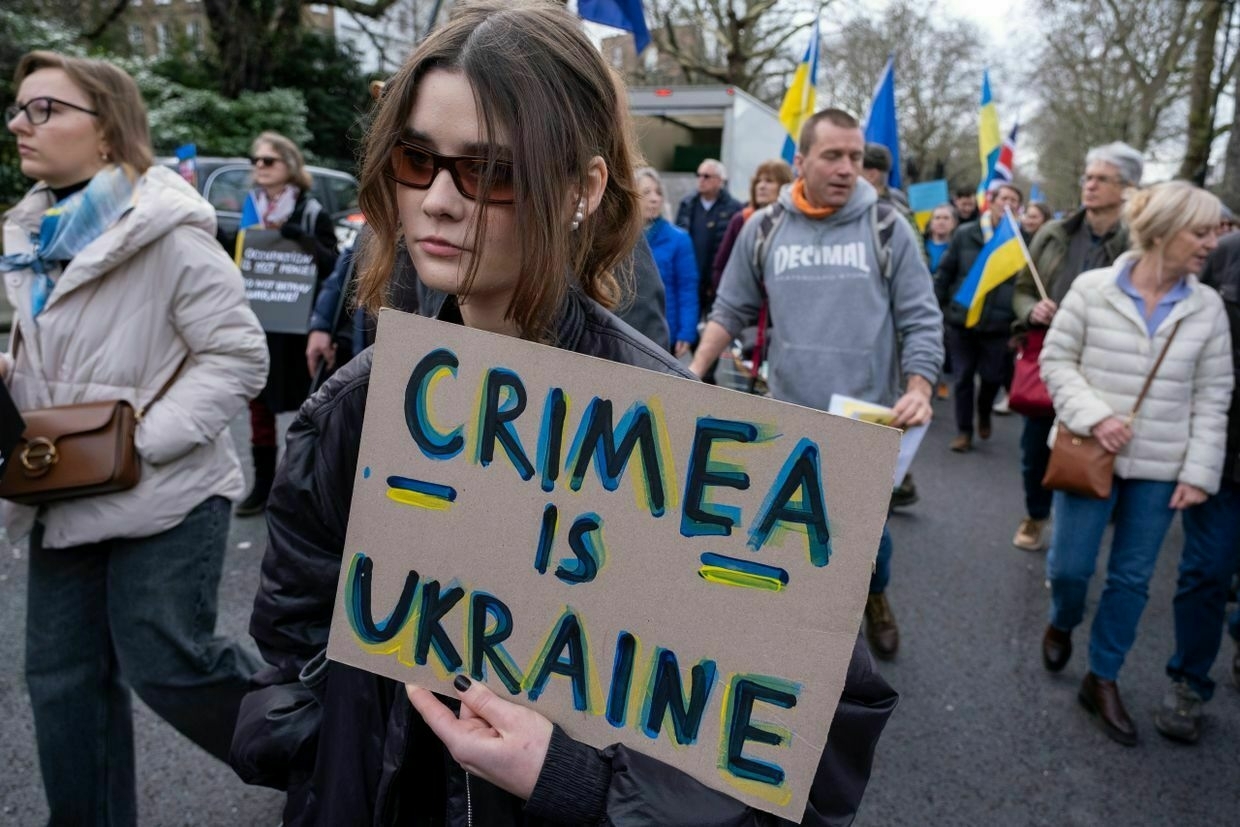
-
Critical week for Ukraine begins as Trump hopes to 'end war'
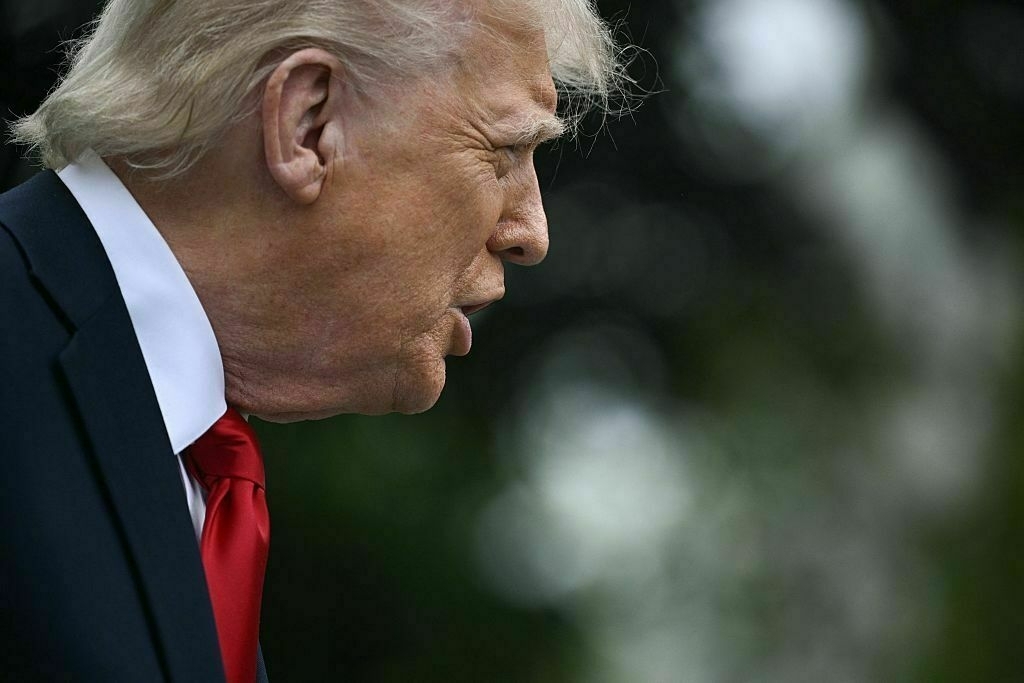
U.S. President Donald Trump declared that Russia and Ukraine could reach a war-ending deal “this week,” as his team threatens that Washington could ditch the peace talks efforts if no step is taken in the near future.
“Both will then start to do big business with the United States of America, which is thriving, and make a fortune,” Trump wrote on Truth Social over the weekend, referring to a potential deal.
His call comes as the Wall Street Journal, citing Western officials, reported that the U.S. presented a confidential document that outlined concessions the U.S. will make to Russia in order to reach a deal, including recognition of Moscow’s illegal annexation of Crimea and barring Kyiv from joining NATO.
Trump said on April 21 that the U.S. has had “very good meetings” on Russia and Ukraine, and that he would be providing “full details over the next three days."
President Volodymyr Zelensky said that the Ukrainian delegation would hold the upcoming talks with the American, British, and French counterparts in London on April 23.
After what he called “a good and detailed” phone call with U.K. Prime Minister Keir Starmer, Zelensky said that Kyiv is ready to move forward “in the most constructive way possible to achieve an unconditional ceasefire” and lasting peace.
Ukrainian lawmaker and chair of the parliament’s foreign affairs committee, Oleksandr Merezhko, told the Kyiv Independent that if Trump did follow through and formally recognize the occupied peninsula as Russian, it would be a “huge scandal” with major implications for the international rule of law.
“Much worse than Munich in 1938,” he said.
Another U.S. proposal includes turning the areas surrounding Zaporizhzhia Nuclear Power Plant into neutral territory possibly under American control, according to the WSJ.
Nearly 100 days of Trump, and Putin is still calling the shotsIt has been nearly 100 days since Donald Trump returned to the U.S. presidency and Russian missiles continue to rain down on Ukrainian civilians. Despite Trump’s pledge to end the war on “day one,” peace is nowhere in sight. When will the administration acknowledge that it is failing?The Kyiv IndependentCarl Bildt
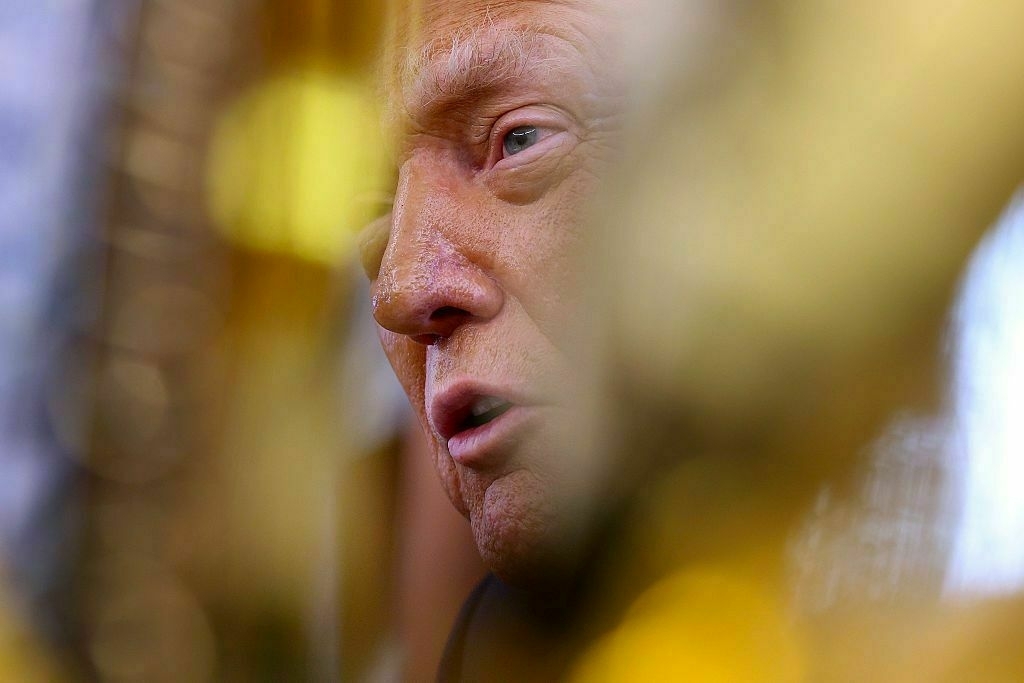
What is said to happen this week?What could be a decisive week for Kyiv comes as the U.S.-Ukraine relations are experiencing another low point.
Following a clash between Zelensky, Trump, and his Vice President JD Vance at the Oval Office in February, Washington showed the extent to which it is willing to pressure Kyiv — temporarily cutting off military aid and intelligence sharing with Ukraine.
Meanwhile, it had not shown a desire to pressure Russia, despite Moscow’s repeated rejection of a full ceasefire, agreed by Ukraine and the U.S. on March 11.
The U.S. continues its efforts to see a ceasefire agreed to by both sides.
Talks in Paris held on April 17 — the first high-level meeting between Ukrainian, European, and American officials since Trump took office — will be followed by another meeting in London.
U.S. Secretary of State Marco Rubio, U.S. special envoys Steve Witkoff and Keith Kellogg are set to take part in the London talks, according to the WSJ.
Rubio said on April 18 that the clock is ticking, and the U.S. has other priorities to focus on — stressing that the Russian invasion of Ukraine is “not our war.” He said the U.S. must determine “very quickly now, and I’m talking about a matter of days,” whether a deal is possible in the coming few weeks.
“We’re not going to continue to fly all over the world and do meeting after meeting after meeting if no progress is being made,” Rubio told reporters.
Trump, who is three months into his second presidency, had pledged to broker a long-term ceasefire within 24 hours, which he later adjusted to 100 days, which are to end on April 30.
What is the situation on the battlefield?While the U.S. is directing its pressure on Ukraine, Russian troops are trying to carry out a spring offensive in multiple directions against their outmanned and exhausted Ukrainian soldiers.
Their increased attacks are, however, not delivering results.
Russian troops have secured minor gains over the past month and managed to force Ukrainian soldiers out of most of Russia’s Kursk Oblast.
Russian forces are intensifying efforts to push Ukrainian troops out of the remaining Ukraine-controlled parts of Kursk Oblast and capture border areas of Sumy Oblast, Commander-in-Chief Oleksandr Syrskyi said on April 21.
“Intense fighting continues in Sumy Oblast in areas near the state border, as well as on the territory of the Russian Federation,” Syrskyi wrote.
Despite that, the front line has remained static over the past few weeks.
It is unclear how well Ukraine could withstand another wave of Russian offensives as the manpower shortage and resource constraints worsen.
Can Europe save Ukraine?Should the U.S. pull military and intelligence-sharing aid again, doubts are in the air over whether an increasingly divided Europe could fill in the gaps.
Europe has called for ramping up the continent’s defense production capacity, stressing that Russia is outproducing all European countries combined.
Yet, European arms manufacturers are expressing doubts, saying that scaling up production to fill in the gaps would take time and depend on political will, Reuters reported.
Rubio has not made it clear whether the U.S. would fully pull the plug on supporting Ukraine if no peace agreement is reached this week.
After the U.S. temporarily halted its military aid and intelligence sharing with Ukraine, European leaders have shown solidarity with Kyiv.
European Commission President Ursula von der Leyen said in an interview with German newspaper Die Zeit, published on April 15, that it is important for Europe to show that it is “staying power” as Putin’s “imperialistic ambitions” could drive Russia to attempt an attack on NATO or EU countries in the future.
“There is no limit to his imperialistic ambitions,” von der Leyen told Die Zeit.
While visiting Kyiv in March, Starmer vowed that the U.K. would stand with Ukraine “for as long as it may take."
French President Emmanuel Macron, who has called for strong measures to “impose a ceasefire on Russia, also vowed that his country would scale up its support for Ukraine in March.
European leaders have been meeting to discuss possible security guarantees they could provide Ukraine since Trump’s push for peace talks in mid-February.
‘Putin believes he has the upper hand’ — Ukraine braces for a new Russian spring offensiveIn a way unseen since the start of the full-scale invasion, the daily grind of the front line in Russia’s war against Ukraine has taken the back seat in world headlines. The dizzying U.S. President Donald Trump-led attempts to negotiate peace in the world arena dominate the news cycleThe Kyiv IndependentFrancis Farrell
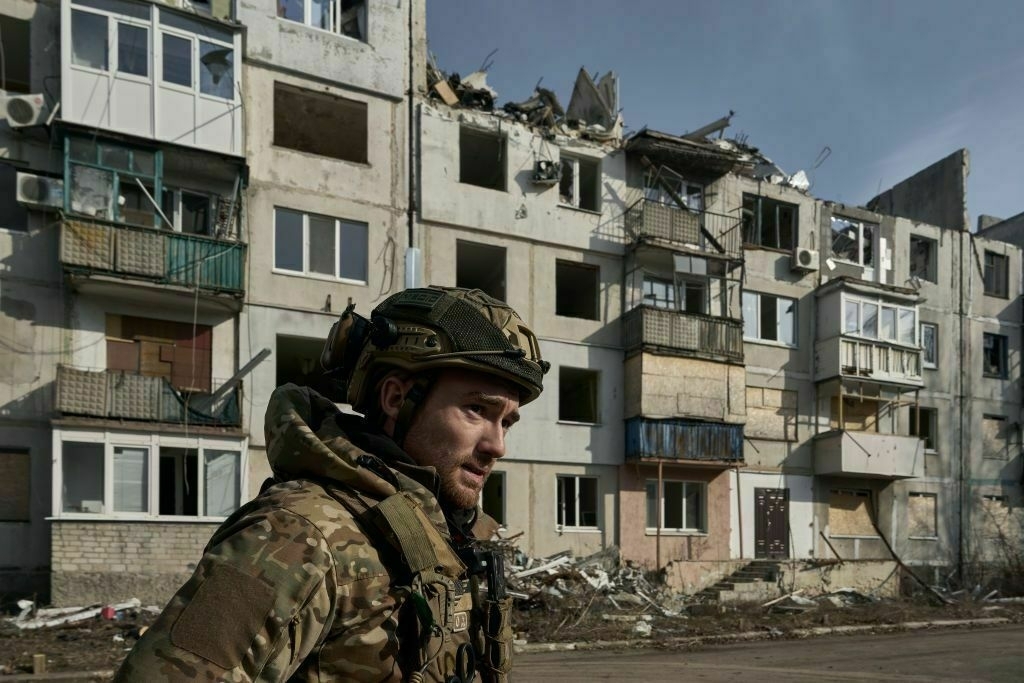
What does Ukraine think of US peace effort?As the U.S.-led peace talks continue despite obstacles, Ukraine has laid out its red lines.
Russia is not to gain more Ukrainian territories, an establishment of international security guarantees to prevent Russia from violating the ceasefire, and the return of Ukrainian civilians, including children, illegally abducted and held by Russia, are among Kyiv’s demands, the Independent reported, citing senior Ukrainian officials.
Ukrainian authorities have said on multiple occasions they won’t recognize any of Ukraine’s territories as Russian, including Crimea.
In turn, Ukraine has agreed to an unconditional U.S.-proposed 30-day ceasefire if Russia follows suit. Russia has only intensified its indiscriminate attacks on civilians in Ukraine since then.
Russia attacked the city of Kryvyi Rih with ballistic missiles on April 4, killing 20, among them nine children. On April 13, Russia used cluster munitions to attack the city center of the regional capital, Sumy, killing 36.
Russian President Vladimir Putin said he ordered an Easter ceasefire that supposedly began at 6 p.m. on April 19 and ended 30 hours later. Ukrainian soldiers on the ground told the Kyiv Independent that they had not seen signs of the ceasefire as the fighting raged on across the front.
Ukraine remains wary of any ceasefire agreement with Russia, given how Moscow has violated the truce multiple times over the 2014-2022 war in eastern Ukraine. The concerns also veil around who would oversee the ceasefire, as Russia is unlikely to agree to stationing NATO troops so close to the Russian border.
European officials have warned against a rushed peace deal, which has kept smaller Baltic nations near Russia on their toes.
Trump’s sharp U.S. policy turn on Ukraine has raised deep concerns over the future of international security, with the reported potential American recognition of Russia’s annexation of Crimea possibly causing further damage.
Such a move would set an example to other authoritarian states that a bigger country can redraw the border by force.
Pope Francis leaves a mixed legacy in wartime Ukraine, overshadowed by historic Vatican-Moscow tiesPope Francis, who passed away on April 21 at 88, leaves behind a legacy as vast and varied as his global influence. Yet in Ukraine, his track record is far from positive. For many Ukrainians, the Pope’s legacy is shaped by his repeated downplaying of the gravity of Ukraine’The Kyiv IndependentKate Tsurkan
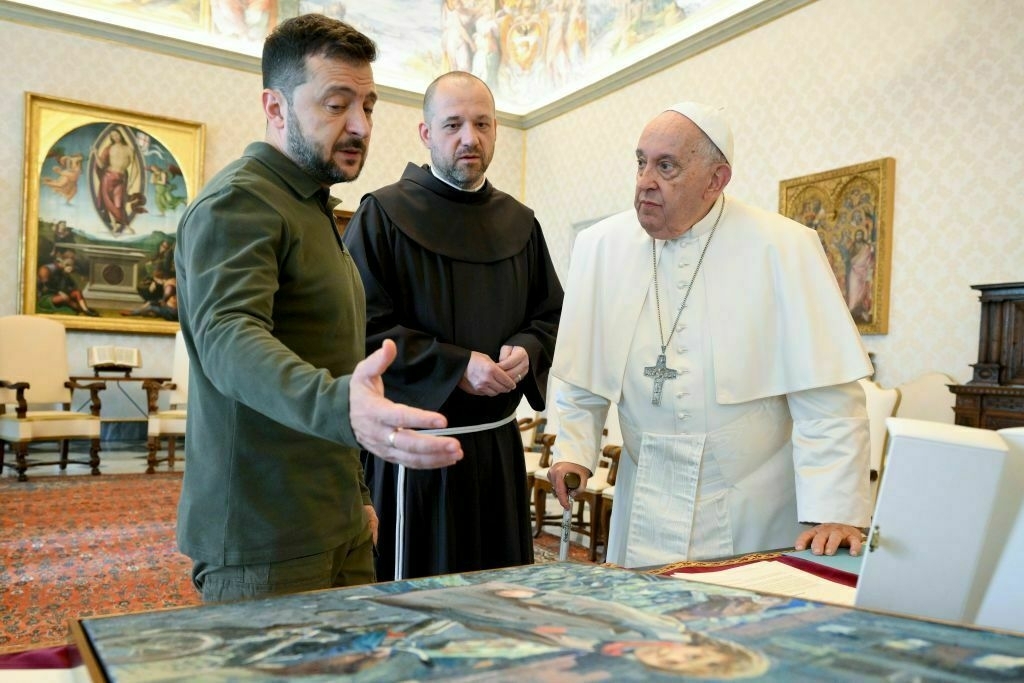
-
Trump sees 'very good' chance for Ukraine ceasefire as US proposes major concessions
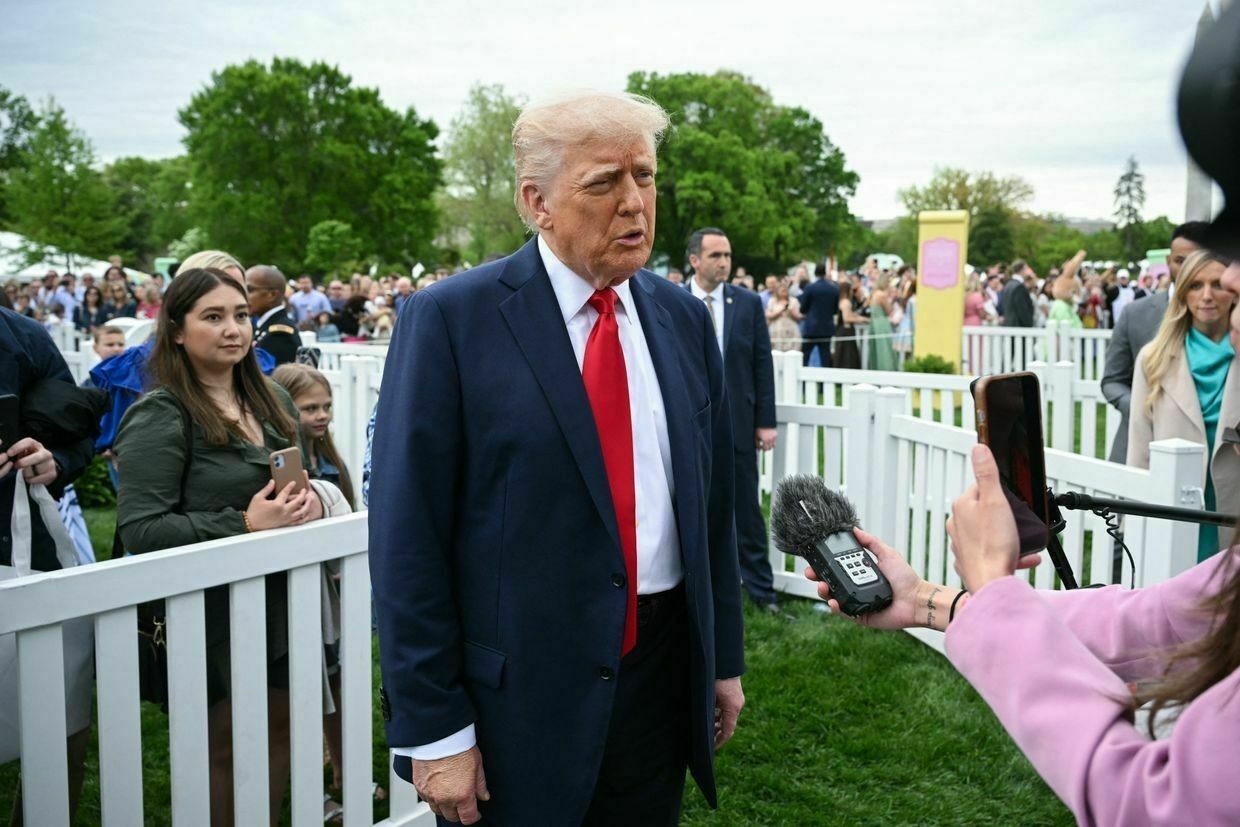
U.S. President Donald Trump said there is a “very good” chance of a ceasefire between Ukraine and Russia, he told reporters during an Easter event at the White House on April 21.
“I will be giving you full details over the next three days, but we had very good meetings on Ukraine, Russia,” the U.S. president said. “There is a very good chance (to reach a ceasefire).”
The comments follow a report by the Wall Street Journal on April 20 that outlined a U.S. proposal for ending Russia’s full-scale war against Ukraine.
According to a document obtained by the outlet, the proposal includes recognition of Russia’s 2014 annexation of Crimea and a guarantee that Ukraine would not join NATO — two key Kremlin demands.
The proposals, outlined by senior Trump administration officials in a confidential meeting with Ukrainian and European counterparts in Paris on April 17, were confirmed by Western officials to the publication.
Ukraine’s feedback is expected at a follow-up meeting in London later this week. If there is alignment between Kyiv, Washington, and European allies, the proposals could be formally introduced to Moscow.
U.S. Special Envoy to Ukraine Keith Kellogg told Fox News on April 20 that “NATO isn’t on the table,” further confirming that Washington is considering excluding Ukraine’s potential accession as part of the peace deal.
Kyiv has consistently said it would not recognize Russia’s occupation of any Ukrainian territory, including Crimea.
The U.S. proposal would mark a dramatic shift from a decade of bipartisan policy in Washington and contradict international law, which considers the 2014 annexation illegal.
Trump has repeatedly urged both sides to reach a deal, warning that he may pull U.S. support from the peace process if negotiations stall.
“Hopefully Russia and Ukraine will make a deal this week,” he posted on Truth Social. “Both will then start to do big business with the United States of America, which is thriving, and make a fortune."
Despite Trump’s push for a ceasefire, Moscow rejected a U.S. proposal for a 30-day truce and continues its offensive. On April 19, Russian President Vladimir Putin declared a one-day Easter ceasefire, which President Volodymyr Zelensky said was violated roughly 3,000 times.
Putin has not extended the truce, Kremlin spokesperson Dmitry Peskov said on April 20.
Zelensky has proposed a 30-day ceasefire focused on halting long-range drone and missile strikes against civilian infrastructure. Putin said the Kremlin needs to “look into” the proposal.
US recognizing Crimea as Russian would be ‘much worse than Munich in 1938,’ Ukrainian lawmaker saysThe chair of the Ukrainian parliament’s foreign affairs committee compared the potential decision to Western appeasement of Adolf Hitler that led to World War II.The Kyiv IndependentChris York
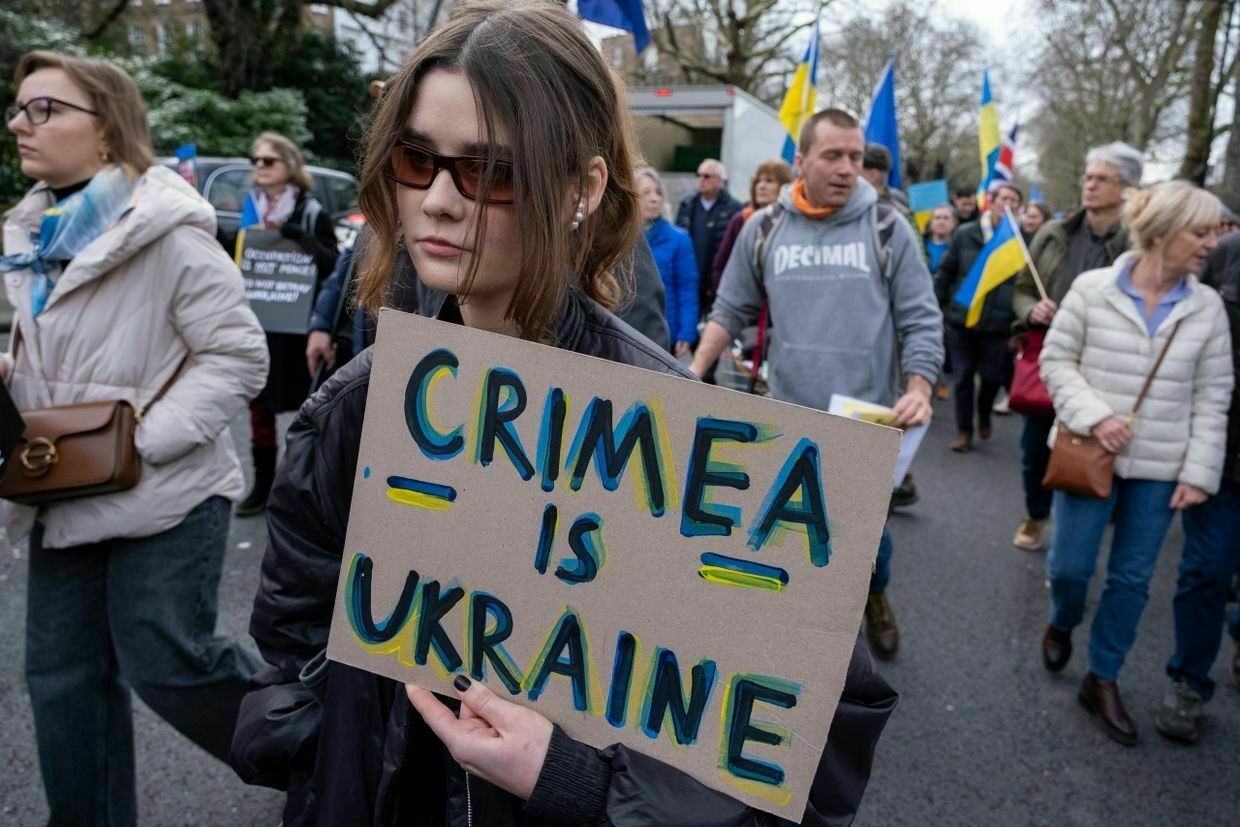
-
US recognizing Crimea as Russian would be 'much worse than Munich in 1938,' Ukrainian lawmaker says
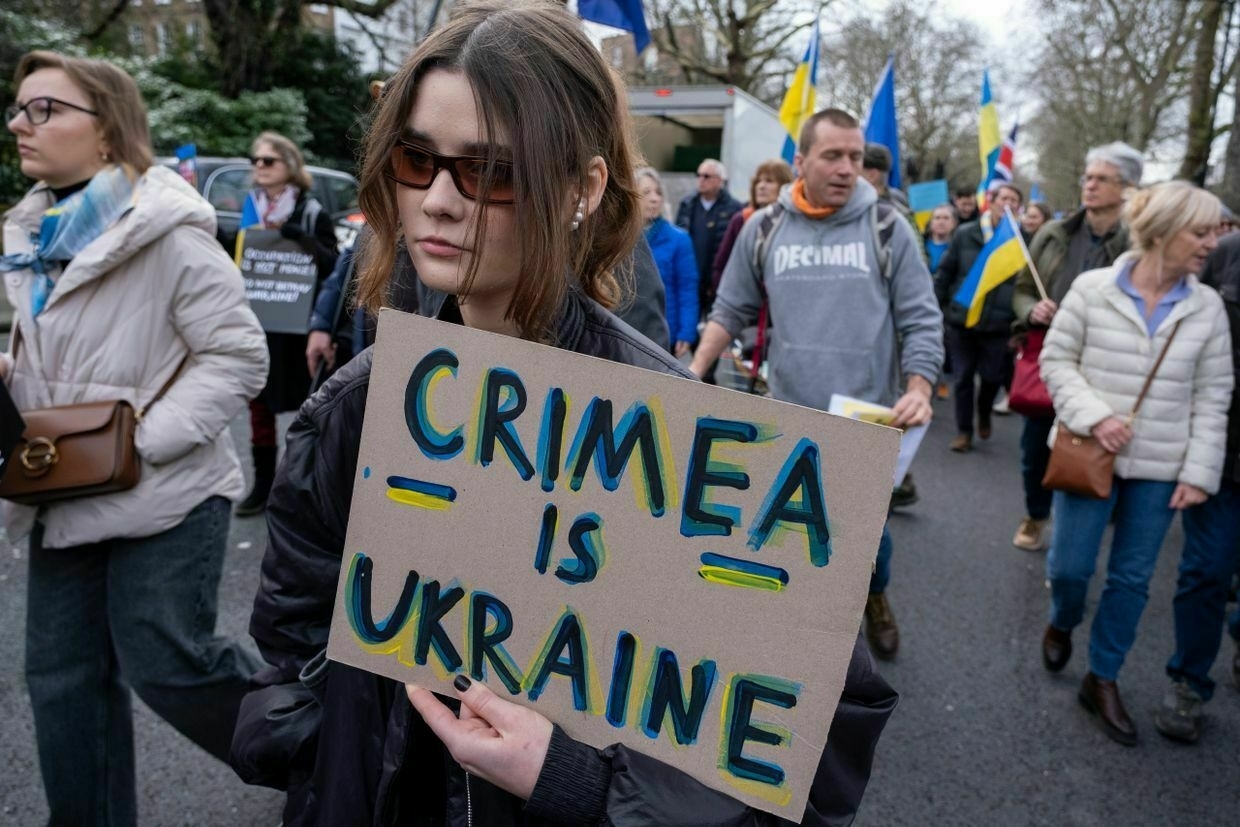
The global consequences of the U.S. recognizing Crimea as Russian territory would be “much worse than Munich in 1938,” a Ukrainian lawmaker has told the Kyiv Independent.
The potential diplomatic move is reportedly one of several options included in a U.S. proposal to end the war in Ukraine, the Wall Street Journal (WSJ) reported on April 20.
Ukrainian lawmaker and chair of the parliament’s foreign affairs committee, Oleksandr Merezhko, told the Kyiv Independent that if U.S. President Donald Trump did follow through and formally recognise the occupied peninsula as Russian, it would be a “huge scandal” with major implications for the international rule of law.
“I doubt he will do it because he understands — at least the advisors around him and the State Department understand — the consequences of this in the eyes of the whole world,” he said.
In 1938, the leaders of the U.K., France, and Italy met with German tyrant Adolf Hitler in Munich and formally recognized Nazi Germany’s annexation of the Sudetenland in what was then Czechoslovakia. An emboldened Hitler launched World War II a year later.
Russia illegally annexed Crimea from Ukraine in 2014 in a sham referendum which was conducted in the absence of any international observers, and with armed Russian soldiers present at polling stations.
Any move by the Trump administration to formally recognize it as Russian territory would contradict a decade-long bipartisan consensus in Washington and international law.
In 2018, then-Secretary of State Mike Pompeo reaffirmed U.S. opposition to the annexation, calling it a threat to “a bedrock international principle shared by democratic states: that no country can change the borders of another by force."
The U.S. Congress has also passed legislation opposing any recognition of Russia’s claim over Crimea.
“If Trump does it officially, as a president, it will be a serious violation of the principles of international law,” Merezhko said.
“It would violate such principles as respect for sovereignty of other states, non-use of force, respect for territorial integrity, and non-interference in foreign relations.
“It will be a huge scandal."
The proposals, outlined by senior Trump administration officials in a confidential meeting with Ukrainian and European counterparts in Paris on April 17, were confirmed by Western officials to the WSJ.
The news comes as Washington signaled readiness to drop ceasefire efforts within the coming days unless progress is achieved.
Ukraine’s feedback is expected at a follow-up meeting in London later this week. If there is alignment between Kyiv, Washington, and European allies, the proposals could be formally introduced to Moscow.
Our readers’ questions about the war, answered. Vol. 8Editor’s note: We asked members of the Kyiv Independent community to share the questions they have about the war. Here’s what they asked and how we answered. Join our community to ask a question in the next round. Question: Is Ukraine formulating a plan to receive and house refugees fromThe Kyiv IndependentThe Kyiv Independent
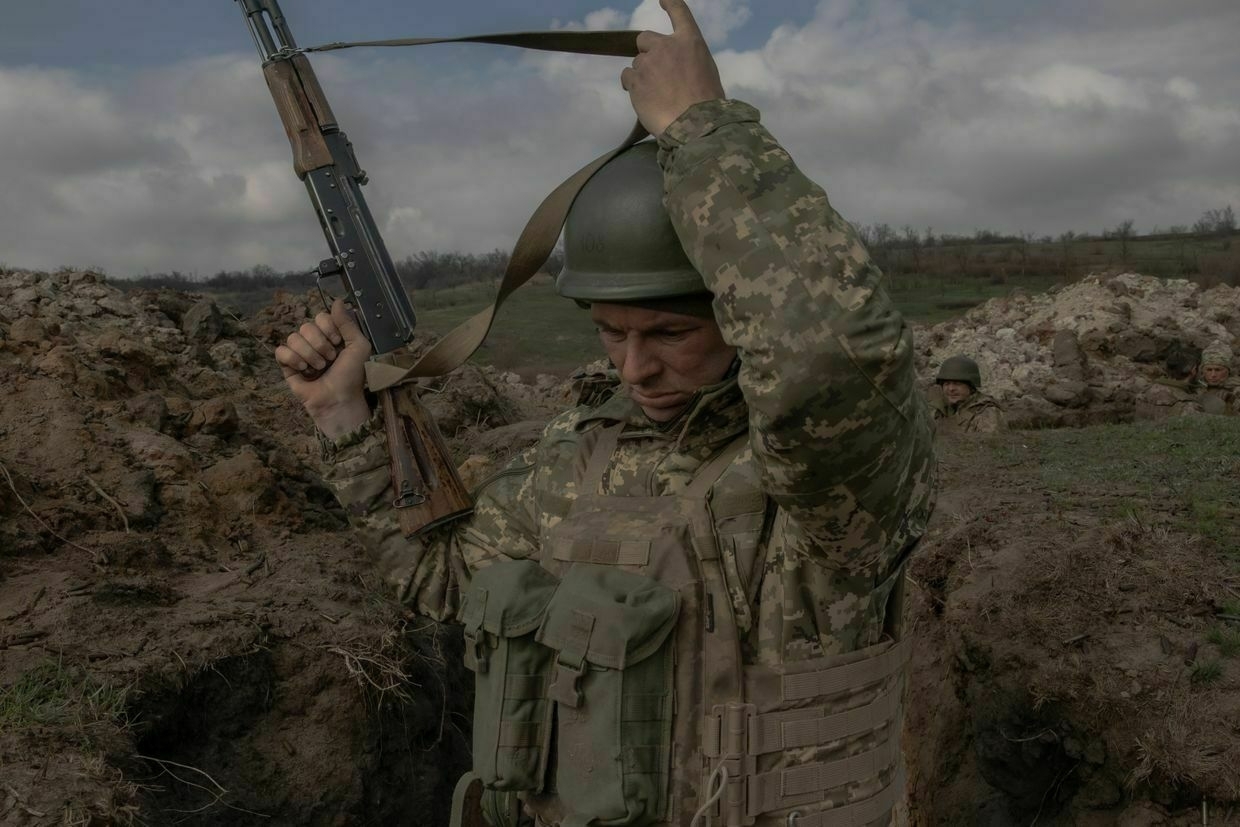
-
How Russia violated its own “Easter ceasefire” in Kharkiv Oblast
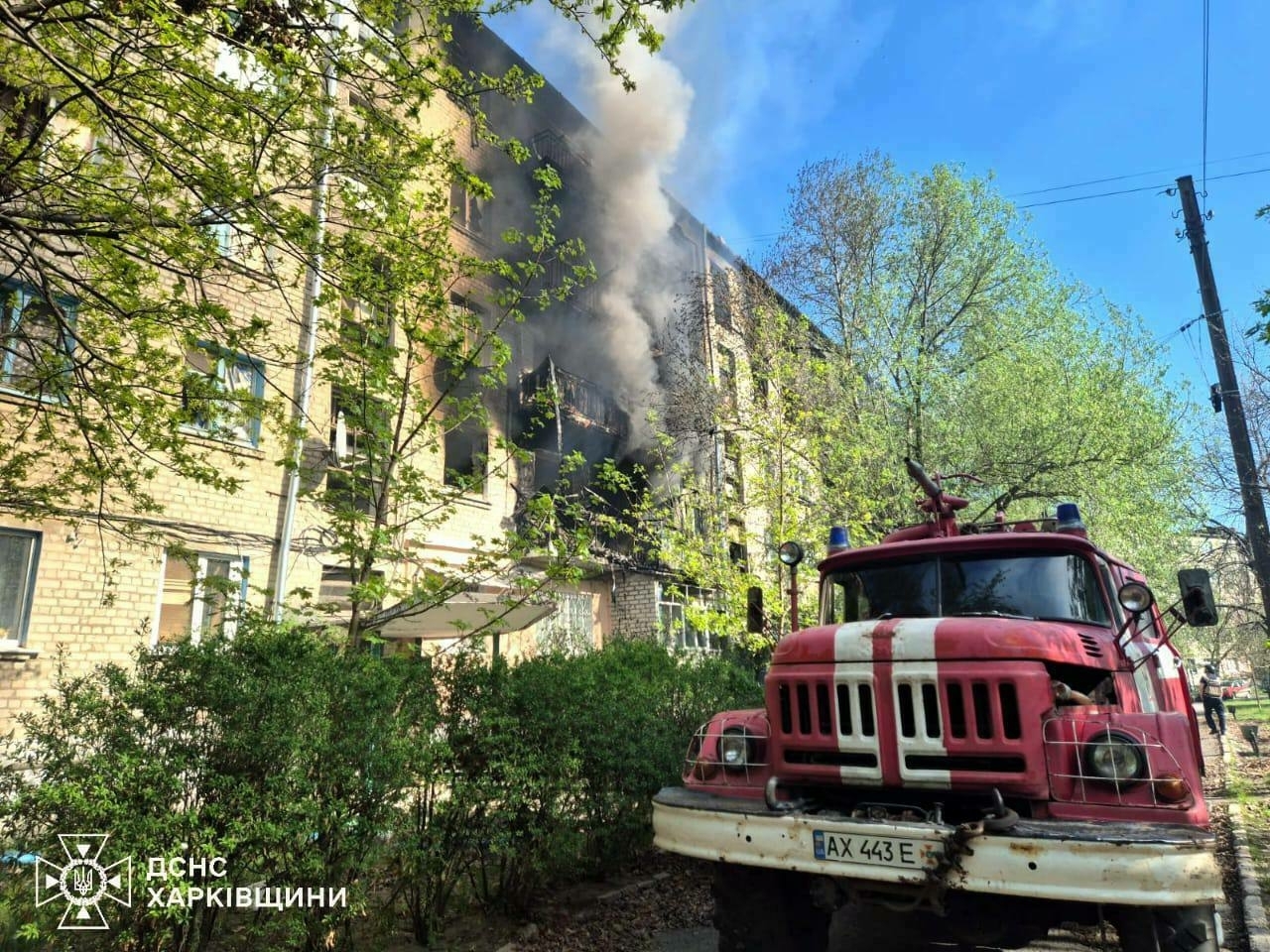
UKRAINE, KHARKIV OBLAST, Apr 21 — During the "Easter ceasefire," the Russian army continued the attacks in Kharkiv Oblast, reported Ukraine's officials and military. Gwara Media talked to several brigades, stationed in different sections of the frontline in the region, to find out about their experience during so-called truce.
On the eve of Easter, Russian President Vladimir Putin announced that the Russian side would cease all hostilities from 6:00 p.m. on April 19 to 00:00 on April 21.
Ukraine's President Volodymyr Zelenskyy responded to Putin's statement, calling it another attempt to “play with the lives of people.” After midnight of April 22, he reported that Russia violated its own “Easter ceasefire” 2,935 times for the past day.
As an example, on Easter afternoon, Russians attacked a five-story residential building with an unmanned aerial vehicle (UAV) in Kivsharivka village of the Kupiansk district, setting fire to 36 apartments, reported the local State Emergency Service.
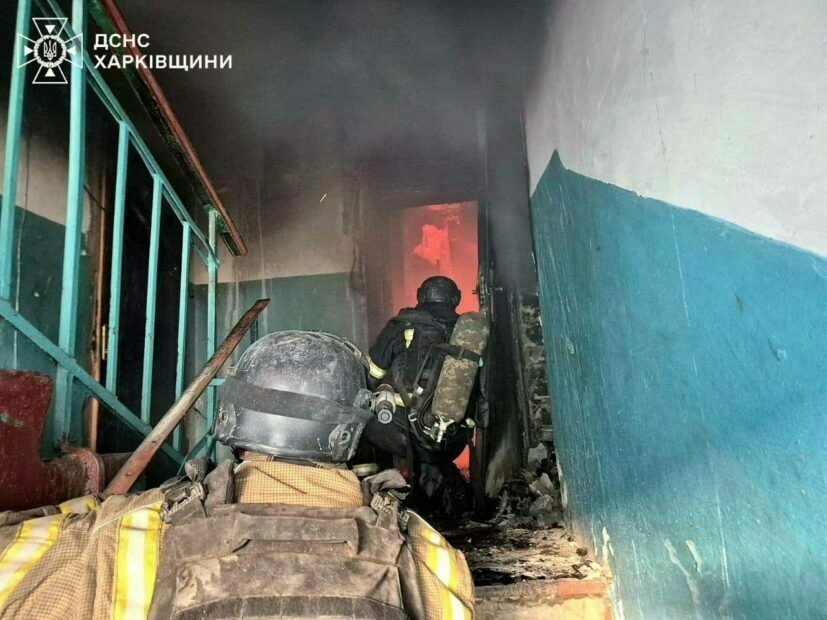
Rescuers putting out fire in the aftermath of Russian drone strike on Kivsharivka during so-called Easter ceasefire / Photo: State Emergency Service During the timeframe of the "ceasefire," Zelensky said that Ukrainian troops would mirror Russia's actions—open fire after being attacked.
Viktor Trehubov, the speaker of the “Khortytsia” operational-strategic group of forces that covers part of the Kharkiv Oblast, said to “Suspilne” that the “ceasefire” seemed more like a “smoke break.”
“Russian maneuvers look like assaults under the white flag. It seems they really want to trigger a visual attack so that we think they are assaulting to make us attack them back,” said Trehubov.
Responding to Gwara Media, Trehubov added, “No one (from our military) counted on anything, we’ve seen these “ceasefires” many times (since 2014). We didn’t conduct any assaults on Easter but responded to Russian attack attempts.”
Kharkiv axis
The 13th National Guard Brigade, “Khartia,” is stationed near Lyptsi, a village north of Kharkiv, about 6 miles (10 kilometers) from the Russian border.
Volodymyr Diehtiarov, the brigade’s spokesperson, said that while Russian troops refrained from attacking from artillery, they used drones to attack the positions of Ukrainian forces during the "ceasefire." They also used 30 hours to accumulate more of their forces, he said.
Russians did so on other sections of the frontline as well — for instance, they tried to pull out remnants of destroyed military equipment from the river crossing in Donetsk Oblast that obstructed the passage for their machinery.
Stationed near Vovchansk, a city that’s 5 miles (3 kilometers) away from the Russian border, the 42nd brigade said to Gwara that the Russians shelled their positions but didn’t conduct any assaults.
“The enemy was accumulating their troops and preparing logistics. We’re expecting the renewal of offensives,” Vadym Ivashchenko, the speaker for the brigade, told Gwara Media.
During the ceasefire, the 42nd brigade received an order not to shoot until 00:00 on April 20. “We did reconnaissance and monitored the enemy. And got ready.”
Kupiansk axis
“The enemy’s cannon fire kept hitting Ukrainian positions, frontline villages, and cities during the entire time of the so-called ceasefire. Russian drones continued doing reconnaissance and attacking,” Yurii Fedorenko, the commander of the strike drone battalion “Achilles,” said to Gwara Media about the unit’s experience on the Kupiansk axis.
Fedorenko said that the Russian infantry gathered up to the zero line during the ceasefire. “They replenished their forces. Simultaneously, they pulled up light armored, armored equipment to [the zones where their forces were accumulating.] So, de facto there was no truce,” Fedorenko said.
Bohdan Petrenko, the head of communications for the 48th artillery brigade, said that Russians attempted to cross to the right bank of the Oskil River on the Kupiansk axis — and the attempt was stopped.
“We have an experience of Russia violating ceasefire promises since 2014, so our military was constantly monitoring the enemy.”
Lyman axis
On the Lyman axis, 115th brigade of the Armed Forces experienced quiet. “The tension persisted all the time, during that silence. Everyone boosted their vigilance, our intelligence and Russian intelligence were very actively working,” said the speaker for the brigade.
Just like on other axes, Russians in the Lyman direction used these 30 hours to regroup, transport ammo where it was safe, and evacuate their wounded and killed, the 115’s spokesperson said.
DeepState analysts say that the Russian military wasn’t attacking where they understand that the “truce” can be used to set up and prepare assaults, organize rotations, and so on.
“We have to understand that Russian intent is to destroy the Ukrainian state,” Yurii Fedorenko said. “Not four oblasts, but (destroy) Ukrainian statehood, kill all Ukrainians—some at once, some slowly, via repressions.”
While Russia demands full control of four partially occupied regions of Ukraine as a peace deal condition, Washington’s “peace plan,” according to the WSJ’s journalists, includes Ukraine refusing NATO membership, establishing a neutral zone around the nuclear plant in Zaporizhzhia, and recognizing Crimea as Russian.
Commander from Achilles is sure that the “one-sided ceasefire” on Easter is how Putin “plays along” with Trump’s attempts to bring Russia-Ukraine war to a freeze. The Russian President plans to use Trump as a guide that “will give him an opportunity to leave the economic isolation—lift sanctions,” Fedorenko believes.
“Sadly, there’s no tool that would maintain a commitment to this ceasefire, standing between the Russian Federation’s soldiers and our soldiers and making sure that there are no provocations from either side. That Russia cannot realize its intent: to gather up more forces, to continue attacks, to keep digging in,” Fedorenko said. “Until that happens, the ceasefire is just an illusion.”
Putin-proposed Easter ceasefire ends with Russia not reacting to Zelenskyy’s proposal to prolong it to 30 days, multiple Russian attacks on civilian infrastructure, and intense fighting on the border of Sumy Oblasts.
Authors: Yelizaveta Diachenko, Liza Bykova, Yana Sliemzina
UPD from Apr 21, 6:02 p.m.: Names for speakers of "Khartia" and 42nd brigade added.
Read more
The post How Russia violated its own “Easter ceasefire” in Kharkiv Oblast appeared first on Gwara Media.
-
Norway's PM, finance minister to meet Trump on April 24 to discuss Ukraine, trade
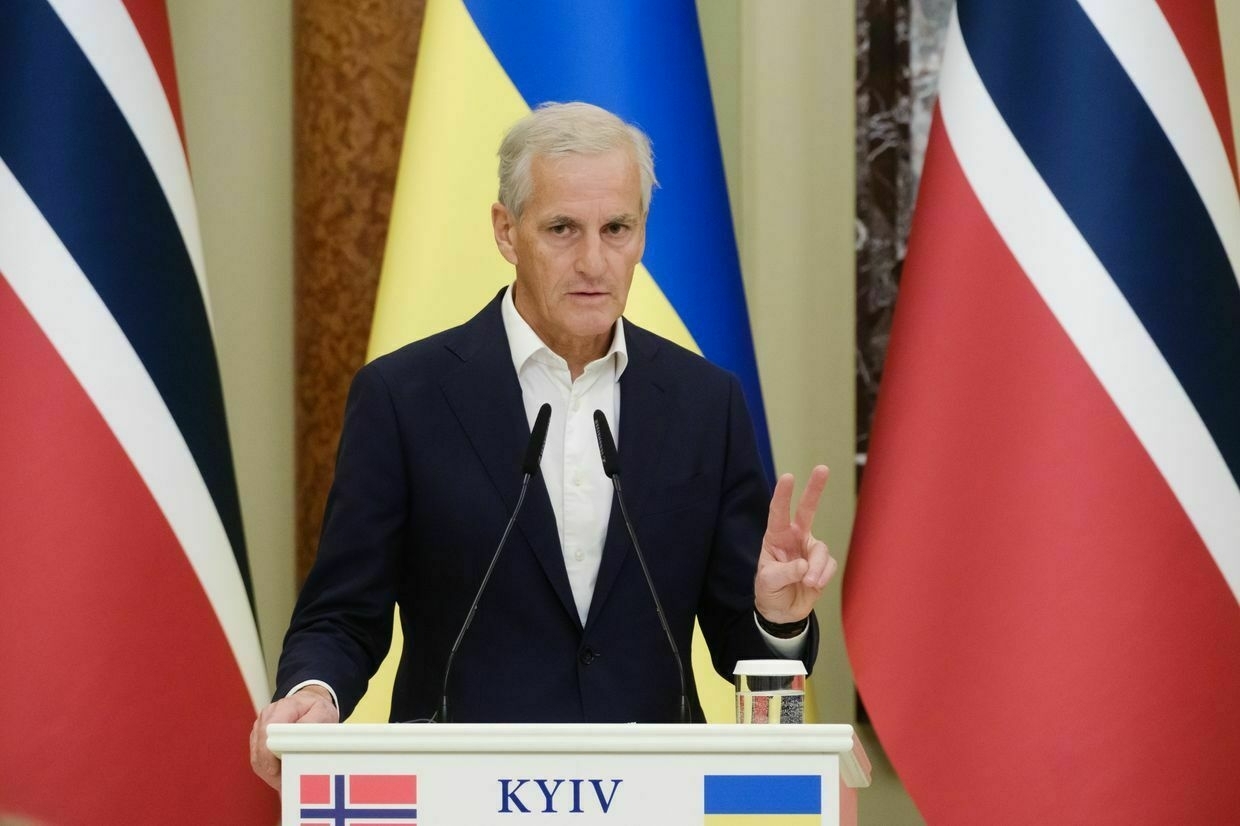
Norwegian Prime Minister Jonas Gahr Stoere and Finance Minister Jens Stoltenberg will meet with U.S. President Donald Trump in Washington on April 24, the prime minister’s office announced on April 21.
The leaders will discuss the security situation, NATO, the Russia-Ukraine war, and trade, the statement read.
Norway’s officials will meet the U.S. president after the Trump administration imposed a 15% tariff on goods imported into the U.S. from Norway at the beginning of April. Later, the tariff was lowered to 10% for a 90-day period.
“The U.S. is our most important ally, and in a troubled and demanding time for security policy, the close contact between our two countries is very important,” Stoere said.
“Norway and the U.S. cooperate in a number of areas, and the U.S. is an important trading partner for Norway. I look forward to discussing areas where we can cooperate even more closely in the future,” he added.
Norway has been one of Ukraine’s most committed European backers, providing military aid, humanitarian assistance, and financial support.
The country has also played a key role in stabilizing Ukraine’s energy sector and hosting Ukrainian refugees.
Norwegian Defense Minister Tore O. Sandvik announced on April 11 that Norway will allocate 10 billion Norwegian kroner (approximately $937 million) in 2025 to help equip and train a Ukrainian military brigade.
Nearly 100 days of Trump, and Putin is still calling the shotsIt has been nearly 100 days since Donald Trump returned to the U.S. presidency and Russian missiles continue to rain down on Ukrainian civilians. Despite Trump’s pledge to end the war on “day one,” peace is nowhere in sight. When will the administration acknowledge that it is failing?The Kyiv IndependentCarl Bildt
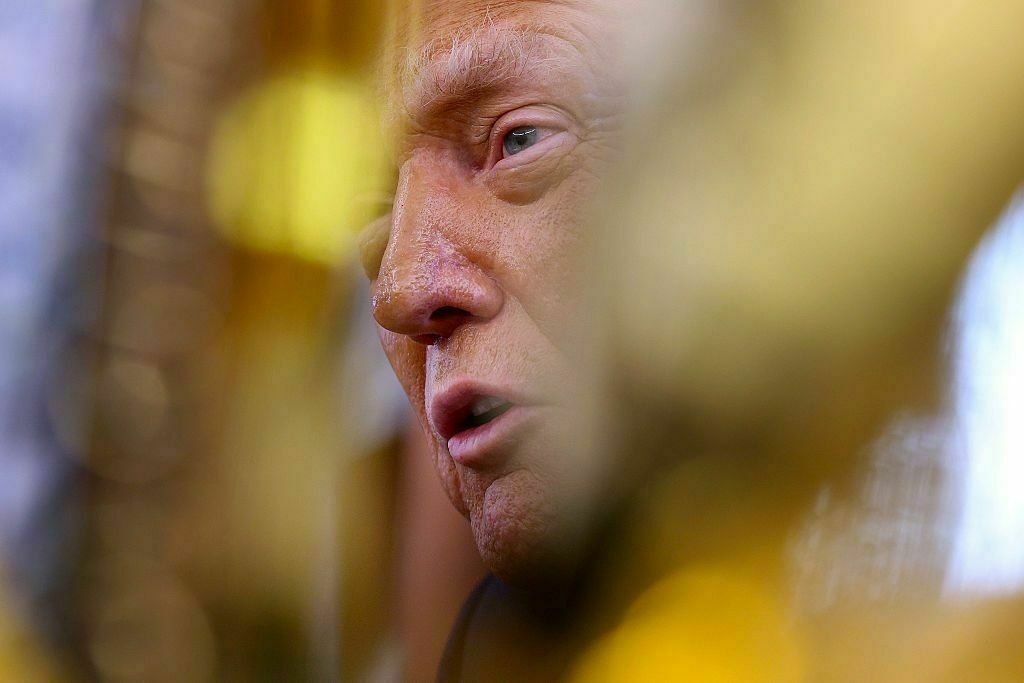
-
UK to boost explosives production, reduce reliance on US arms, Times reports
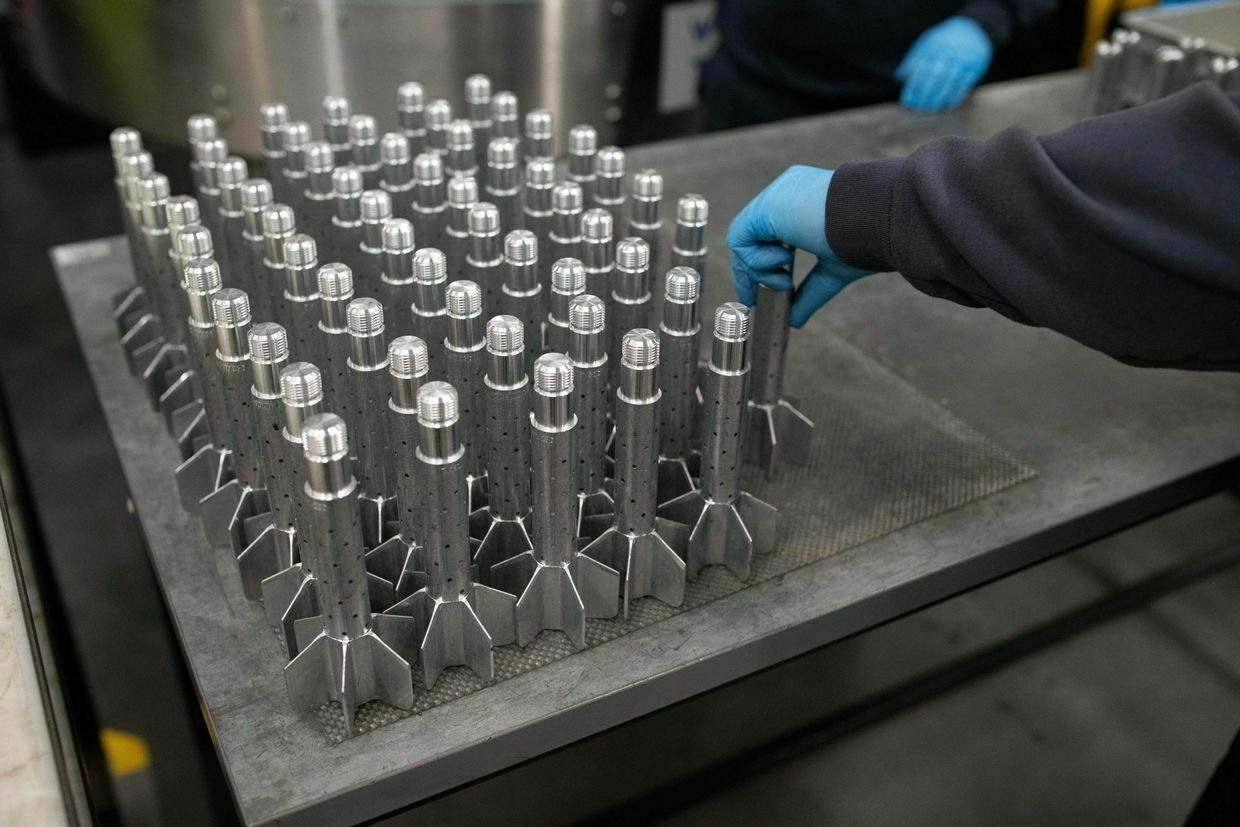
The United Kingdom will significantly ramp up domestic production of military-grade explosives to reduce its reliance on U.S. and French imports, the Times reported on April 20.
The effort is part of a wider trend among European and other allies to become less dependent on U.S.-sourced weaponry after President Donald Trump took office.
Shipping containers will be deployed across the country to produce RDX explosives, which are a key ingredient in NATO-standard 155 mm artillery shells. These rounds are used in British Army systems like the AS-90 and the Archer self-propelled howitzers and have been supplied to Ukrainian forces.
BAE Systems, the U.K.’s largest defense contractor, also plans to construct three new production sites to increase resilience against potential attacks, according to the Times.
BAE’s new facility in Glascoed, South Wales, set to open this summer, will deliver a 16-fold increase in 155 mm shell production compared to pre-Russia-Ukraine war levels. The Times, which was briefed on current production volumes, reported that officials have withheld the exact number for national security reasons.
U.K. Defense Secretary John Healey called the expansion “an important step in learning the lessons from Ukraine, boosting our industrial resilience and making defense an engine for growth.”
BAE, which currently imports RDX from the U.S. and France, aims to make its munitions “Itar-free” — meaning exempt from the U.S.’s International Traffic in Arms Regulations (Itar), which can restrict the sale and export of weapons containing U.S. components. The company’s innovative approach will use smaller, dispersed facilities capable of producing 100 metric tons of explosives annually.
The concern over U.S. reliability is not limited to the UK. In Canada, Prime Minister Mark Carney unveiled a new defense plan on April 19, pledging around $22.4 billion in military spending in response to Trump’s expansionist rhetoric.
“In this crisis, we have to prepare for America’s threats to our very sovereignty,” Carney said, as reported by Politico on April 19. “They want our land, our resources, they want our water, they want our country."
Carney’s plan emphasizes Arctic security, increased spending on military infrastructure, and investments in artificial intelligence and quantum computing.
Trump has called into question the U.S.’s commitment to NATO’s collective defense principle, signaled reduced interest in Europe’s security, and even publicly floated plans to annex Greenland from Denmark and make Canada the 51st U.S. state.
Europe’s overall Ukraine aid outpaces US by $26 billion, report saysThe U.S. still holds an edge in terms of military aid — its 65 billion euros ($74 billion) lead Europe by 1 billion euros ($1.1 billion) — but the gap is shrinking as Washington has not allocated a new aid package since Jan. 9, still under the Biden administration.The Kyiv IndependentMartin Fornusek
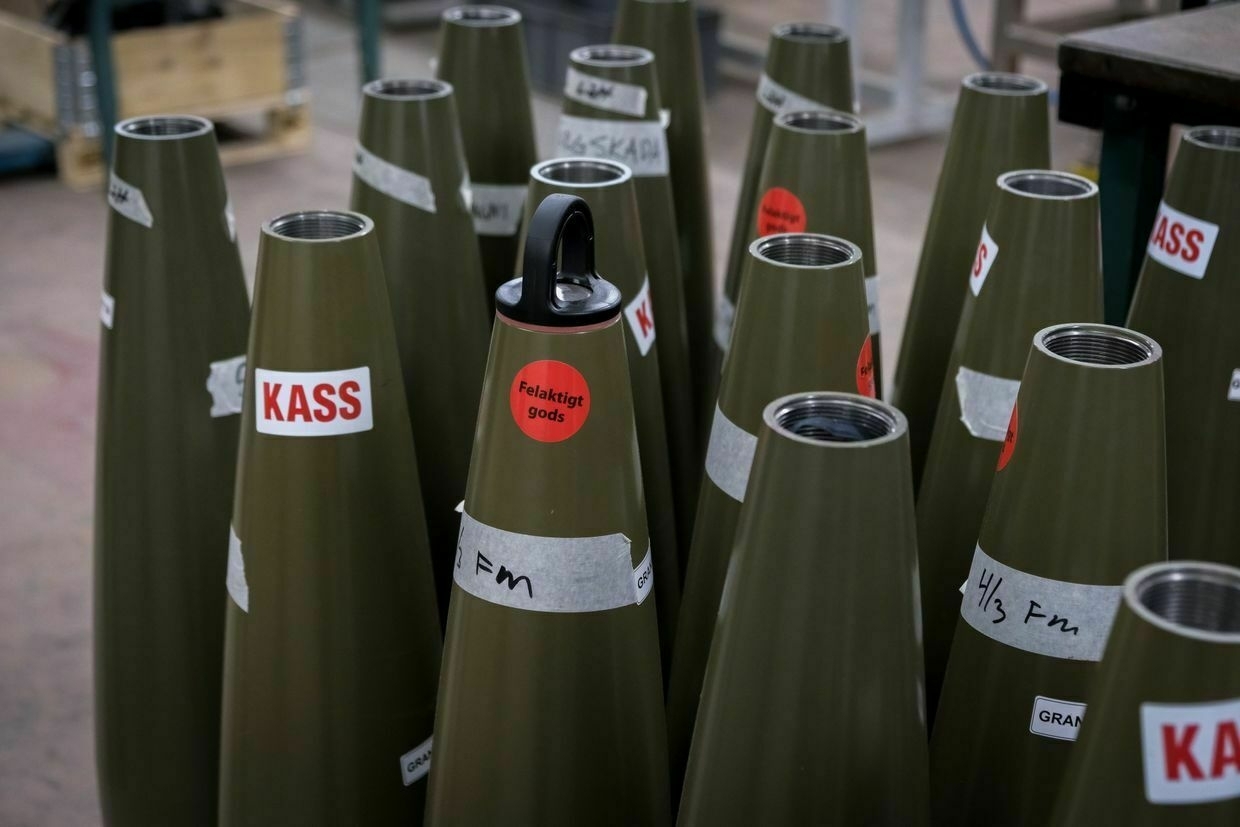
-
Nearly 100 days of Trump, and Putin is still calling the shots
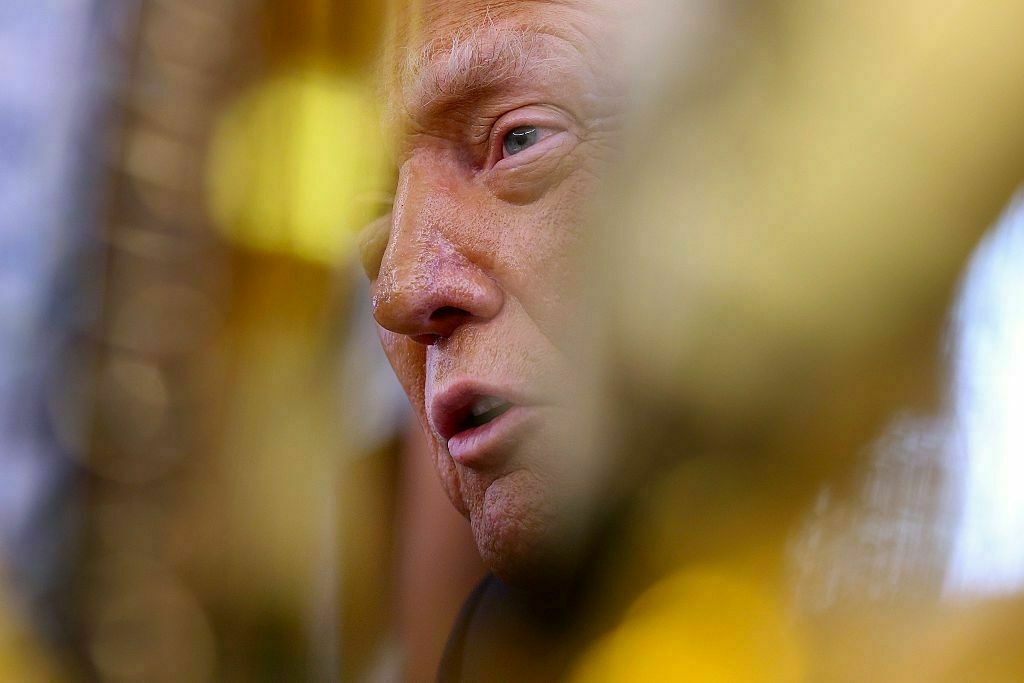
It has been nearly 100 days since Donald Trump returned to the U.S. presidency and Russian missiles continue to rain down on Ukrainian civilians. Despite Trump’s pledge to end the war on “day one,” peace is nowhere in sight. When will the administration acknowledge that it is failing?
Trump’s initial demands were straightforward: stop fighting and start negotiating. After his first conversation with Russian President Vladimir Putin, he announced that a complete cessation of fighting was imminent, and Ukrainian President Volodymyr Zelensky welcomed that prospect.
Since then, however, Putin and his small team at the Kremlin have obviously succeeded in dragging Trump’s inexperienced negotiator, Steve Witkoff, down a rabbit hole of complex conditionalities and impossible demands. After many weeks of this, even the most dimwitted of negotiators should have realized that Putin has no intention of agreeing to a ceasefire or accepting Trump’s plan or timetable.
Ever since he launched his full-scale invasion in February 2022, Putin has relied on Russian military might to deliver him control over Ukraine. He went in with an army of roughly 200,000 contract soldiers, but has since expanded the invasion force to around 600,000 with selective mobilizations and huge financial incentives. Yet despite suffering 700,000-800,000 casualties, with more than 200,000 dead, the supposedly mighty Russian army controls less Ukrainian territory — 18.3% to be precise — than it did at this time three years ago.
Thus, in military terms, Putin’s war has been a massive failure. He probably still believes that his forces can grind their way forward and achieve some military breakthrough. But few independent observers see much chance of that happening. Russia may be able to throw more men and bombs into the battle than Ukraine can, but it cannot instill in those on the front lines the will to fight. So far, defense has proven much easier than offense. That means Putin is ultimately more dependent on Trump than on the Russian military to deliver something that could be called a victory.
Thus, Putin has deployed all the resources at his disposal to play Trump. Everyone knows that the U.S. president is highly susceptible to flattery, and Putin has gone overboard in arguing that the 2020 U.S. presidential election was “stolen,” and that the war never would have happened with Trump in office. He wants us to believe that he went to his private chapel to pray for Trump after the assassination attempt in 2024, and he has even had the Kremlin court artist paint a portrait of Trump as a gift.
“Putin has deployed all the resources at his disposal to play Trump.”
In addition to flattery, the Russians have also dangled lucrative business prospects before Trump and Witkoff. In the first encounter between U.S. and Russian negotiators in Riyadh, Putin’s team brought a list of multi-billion-dollar investment opportunities that would supposedly become available if only Trump ditched Ukraine and lifted the sanctions against Russia. According to Witkoff, a good portion of his latest meeting with Putin was devoted to this topic.
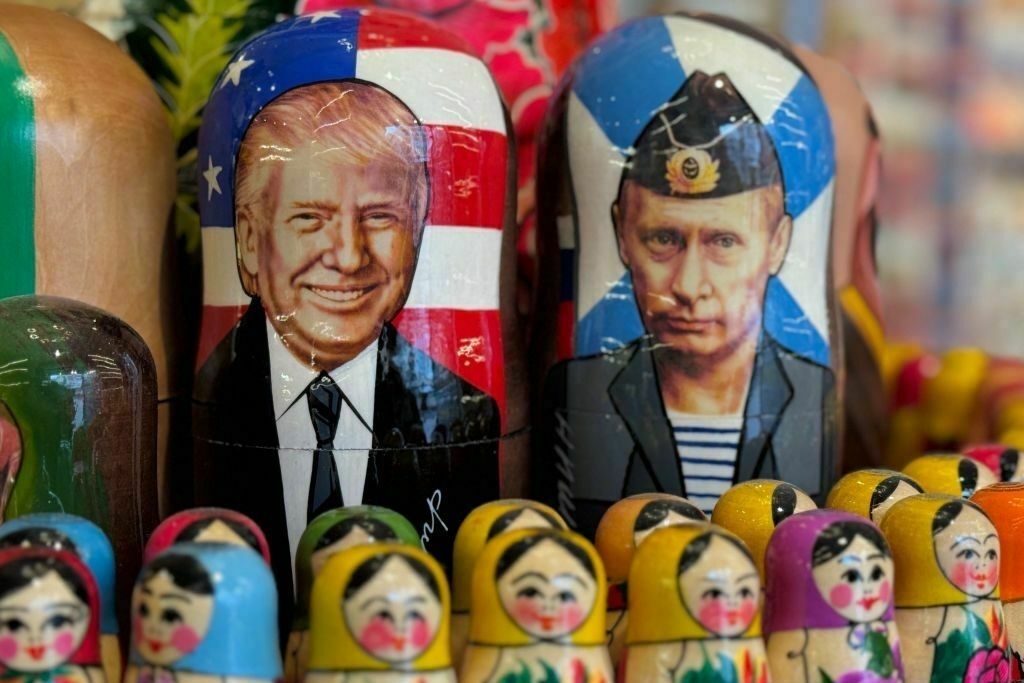
Traditional Russian wooden nesting dolls depicting U.S. President Donald Trump (L) and Russian President Vladimir Putin (R) are displayed for sale at a gift store in Moscow, Russia, on March 19, 2025. (Nikita Borissov/AFP via Getty Images) Both tactics have clearly worked. Putin knows his business, and he knows his mark. There has been no ceasefire, nor are there any signs that Putin is ready to agree to one. He has continued to launch attacks on civilian targets in Ukrainian cities with impunity.
The Kremlin’s demands in its pseudo-negotiations seem to have been twofold. The first is for Ukraine to hand over the four regions of Luhansk, Donetsk, Zaporizhzhia, and Kherson. Witkoff seems already to have conceded this: The U.S. is ready to recognize all four illegally seized territories as part of Russia.
But Russia does not fully control these regions. The regional capitals of Zaporizhzhia and Kherson — cities with a combined prewar population of one million — still fly the Ukrainian flag, and no government in Kyiv could survive if it simply surrendered them. Ukraine might be able to accept a frozen conflict along the present front line, but hardly more than that.
The second demand is for security dominance and control over the rest of Ukraine. Putin wants to block any future Western security or military presence in, or assistance for, Ukraine. Trump has already caved on the question of future NATO membership for Ukraine, and he is obviously prepared to promise Putin a full stop to US assistance.
But this is where the Europeans enter the picture. Neither Putin nor Trump wanted them at the table — and that is just as well. As long as the Europeans stand firm in their determination to continue assisting Ukraine financially and militarily, Putin and Trump can agree to whatever they want. It will have no material impact on the ground.
Europe thus holds a trump card. If it can muster the political will, it is fully capable of preventing a shameful Munich-style betrayal of Ukraine. European leaders must make clear that they will proceed with their plans to support Ukraine’s defense and sovereignty no matter what.
In theory, Trump himself could change course by applying serious pressure on Putin and stepping up support for Ukraine. If that were to happen, he might then achieve the ceasefire that he seeks. Otherwise, he will continue to fail — as Putin and his cronies laugh at him behind his back.
Editor’s Note: The opinions expressed in the op-ed section are those of the authors and do not necessarily reflect the views of the Kyiv Independent.
Kyiv’s fate is shaping how Tehran plays the nuclear gameAs the United States and Iran engage in renewed nuclear negotiations, the shadow of Ukraine looms large over Tehran’s strategic considerations. Recent indirect talks in Muscat, Oman — facilitated by Omani intermediaries — mark a significant diplomatic step. But Iran’s approach to these talks is deep…The Kyiv IndependentMohammad Eslami
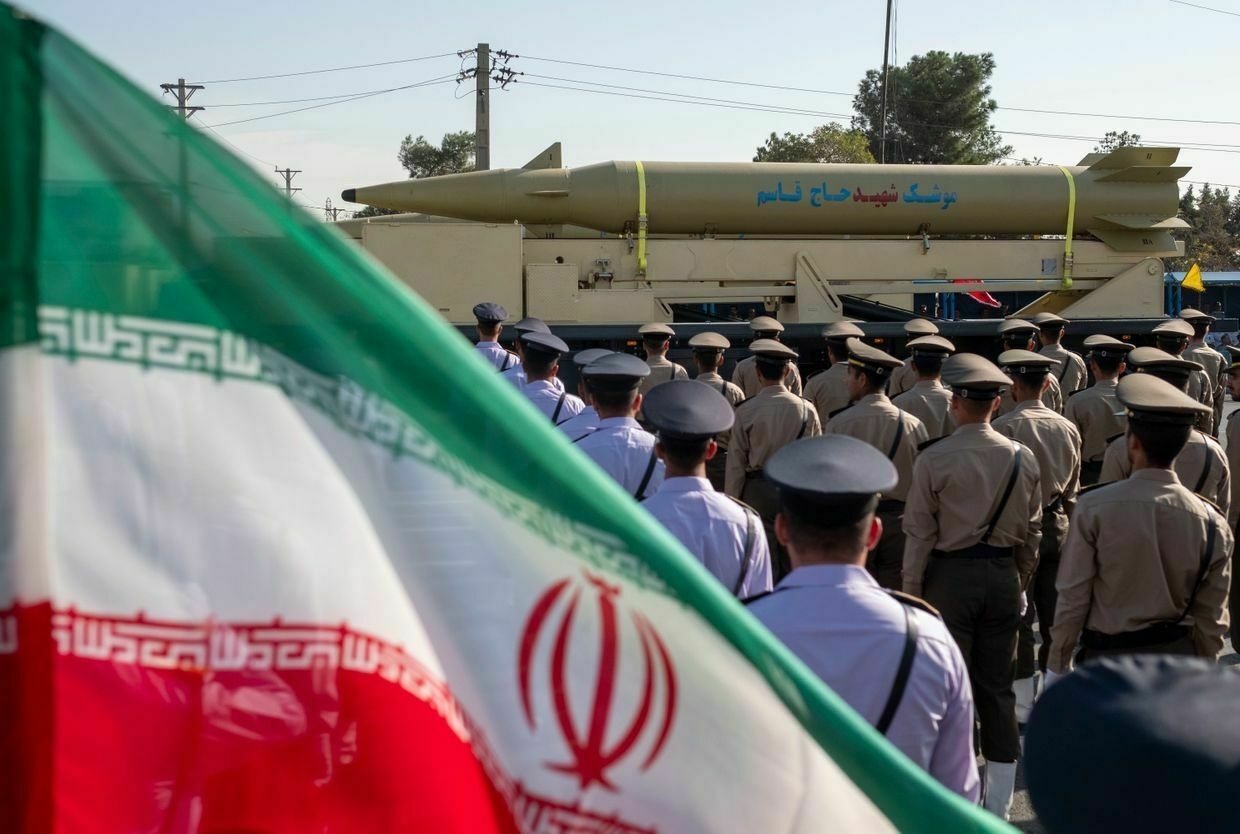
-
Pope Francis has died aged 88, Vatican says
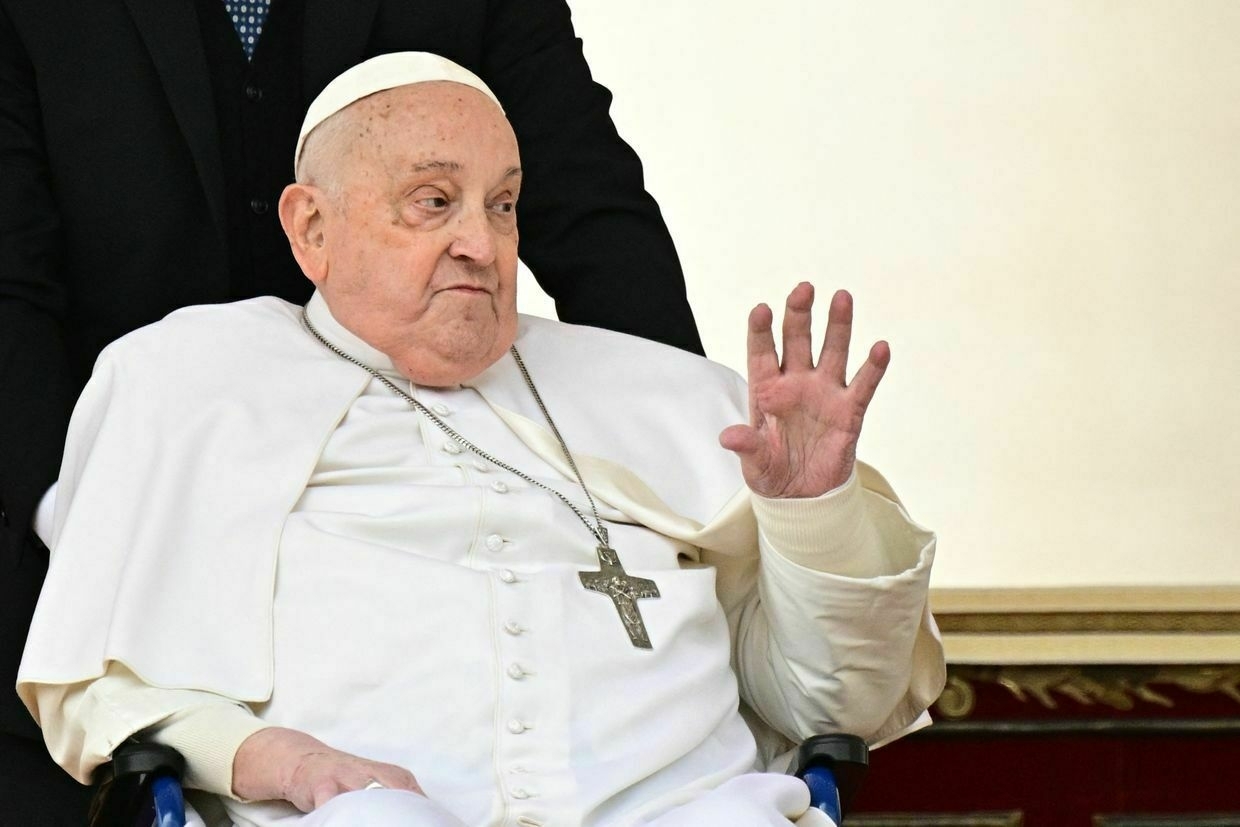
Pope Francis died on Easter Monday, April 21, at the age of 88, in his residence in Vatican City, the Vatican news service reported.
“At 7:35 this morning, the Bishop of Rome, Francis, returned to the home of the Father. His entire life was dedicated to the service of the Lord and of his Church,” said Cardinal Kevin Ferrell, the Vatican camerlengo.
“He taught us to live the values of the Gospel with faithfulness, courage, and universal love, especially for the poorest and most marginalized."
The pope has struggled with numerous health problems in recent years, being hospitalized with bronchitis and pneumonia in February 2025. On Easter, he made his first prolonged public appearance after being released from the hospital in March.
Pope Francis was elected to lead the Catholic Church in 2013, following Pope Benedict XVI’s abdication. Born Jorge Mario Bergoglio in Buenos Aires, Argentina, he was the first pope from the Americas and the first Jesuit pope.
“From Buenos Aires to Rome, Pope Francis wanted the Church to bring joy and hope to the poorest. To unite people with one another and with nature. May this hope be reborn endlessly beyond him,” French President Emmanuel Macron said on X.
Join our communitySupport independent journalism in Ukraine. Join us in this fight.Support us"To all Catholics, to a grieving world, my wife and I send our thoughts."
Also extending his condolences, German Chancellor Olaf Scholz called Pope Francis "an advocate for the weak, a reconciling and a warm-hearted person."
"My sympathies go out to the religious community worldwide," the German chancellor said.
"Today, the world mourns the passing of Pope Francis. He inspired millions, far beyond the Catholic Church, with his humility and love so pure for the less fortunate," European Commission President Ursula von der Leyen said, joining other world leaders in extending her sympathies.
Pope Francis has often weighed in on the Russia-Ukraine war, condemning violence and urging a peaceful settlement. Some of his comments were a matter of controversy in Ukraine, as they were perceived as relativizing Russia's responsibility in the war.
During Sunday prayer on Dec. 15, 2024, Pope Francis referred to Russia and Ukraine as "brothers," while reiterating calls for peace.
"They are brothers, cousins. Let them come to an understanding. War is always a defeat. Peace to the whole world," the pope said during a visit to the French island of Corsica.
The pontiff, who enjoyed broad popularity around the world, has advocated for a more open stance of the church on sexuality and the LGBT community, drawing rebuke from conservative church members. In turn, he has also attracted criticism from progressives, who saw his reform efforts as insufficient.
Pope Francis passed away only a day after a brief meeting with U.S. Vice President JD Vance at the Vatican. The two have previously clashed over the Trump administration's stringent immigration policies.
"I just learned of the passing of Pope Francis. My heart goes out to the millions of Christians all over the world who loved him," Vance said.
Zelensky gives Pope painting about Bucha massacre during Vatican meetingDuring a meeting that lasted 35 minutes, the pope reportedly presented Ukraine’s head of state with a bronze bas-relief with a flower and an inscription, “Peace is a fragile flower.”The Kyiv IndependentMartin Fornusek
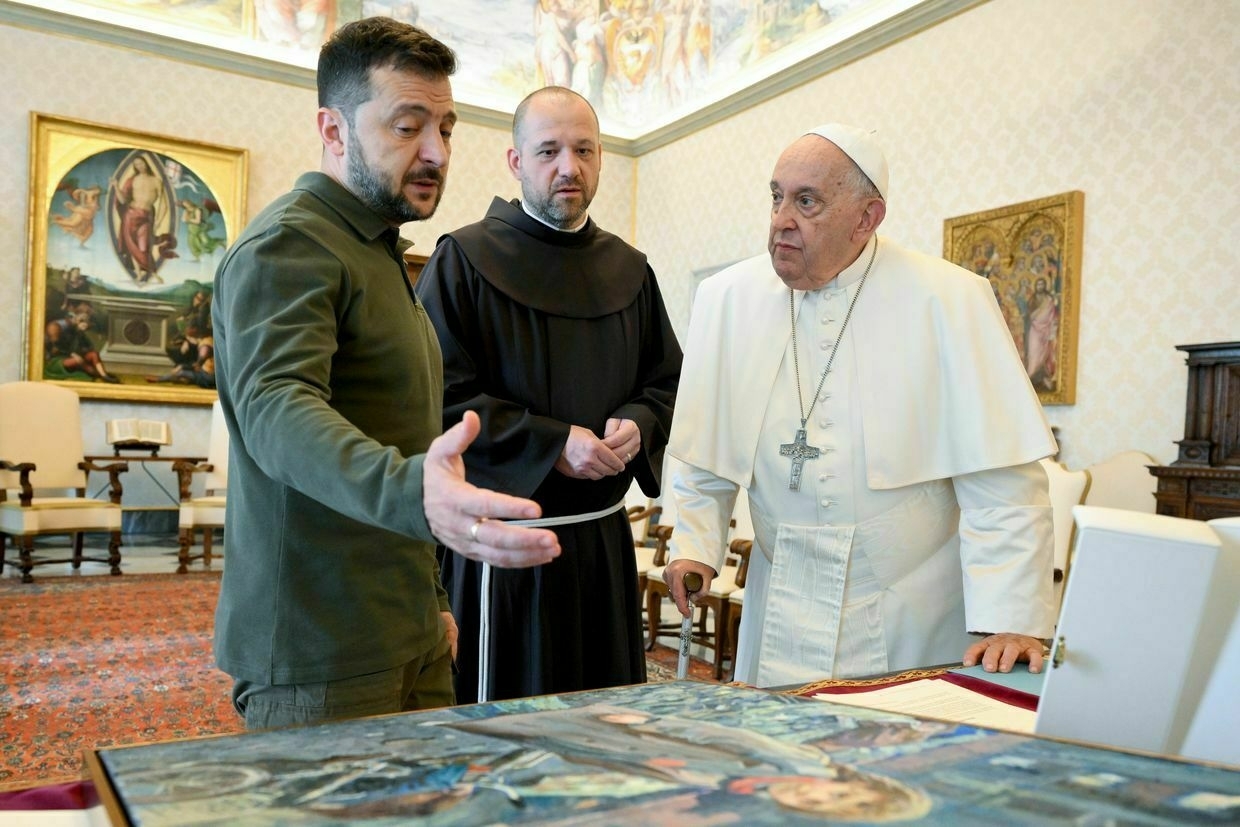
-
'No NATO, US recognizing annexation of Crimea' — Washington awaits Kyiv's response to ceasefire pitch, WSJ reports
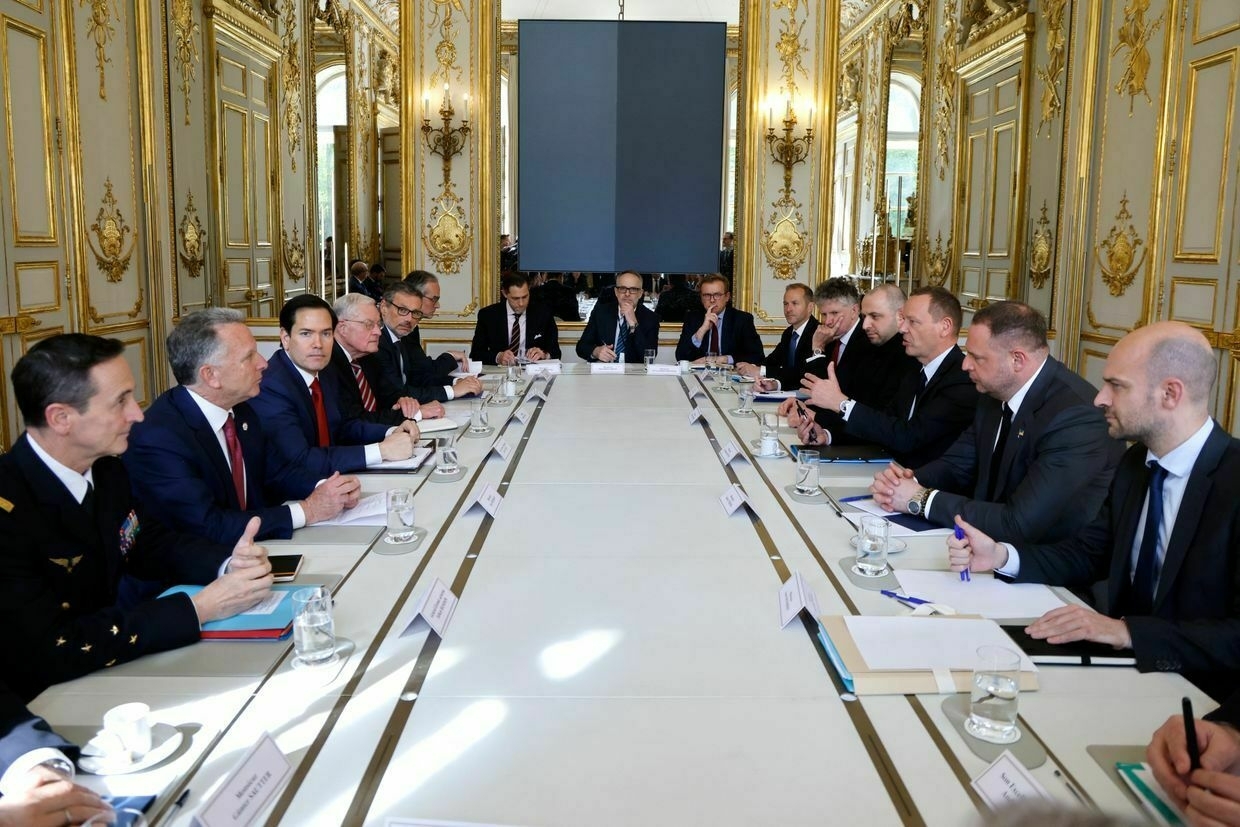
Ukraine is under pressure to respond this week to a U.S. proposal on concluding the war with Russia, which includes the possibility of Washington recognizing Moscow’s 2014 annexation of Crimea and barring Ukraine from NATO, the Wall Street Journal reported on April 20, citing an obtained document.
The proposals, outlined by senior Trump administration officials in a confidential meeting with Ukrainian and European counterparts in Paris on April 17, were confirmed by Western officials to the WSJ.
The news comes as Washington signaled readiness to drop ceasefire efforts within the coming days unless progress is achieved.
Ukraine’s feedback is expected at a follow-up meeting in London later this week. If there is alignment between Kyiv, Washington, and European allies, the proposals could be formally introduced to Moscow.
Among the most controversial elements is the suggestion that the U.S. could formally recognize Russia’s illegal annexation of Crimea. Additionally, Ukrainian accession to NATO would be ruled out under the current proposal.
“NATO isn’t on the table,” said U.S. Special Envoy to Ukraine Keith Kellogg in an interview with Fox News on April 20.
Ukraine has previously said it would not recognize occupied territories as Russian as part of any peace deal. The move to recognize Crimea under Russian rule also contradicts a decade-long bipartisan consensus in Washington and international law.
In 2018, then-Secretary of State Mike Pompeo reaffirmed U.S. opposition to the annexation, calling it a threat to “a bedrock international principle shared by democratic states: that no country can change the borders of another by force.” The U.S. Congress has also passed legislation opposing any recognition of Russia’s claim over Crimea.
Ukraine has also previously rejected restrictions on joining international alliances and organizations—namely, NATO and the EU—as part of a potential peace deal. NATO Secretary-General Mark Rutte recently said that Kyiv’s path toward membership remains “irreversible” but added that the matter would not be part of an eventual peace settlement.
The Ukrainian delegation in Paris included Andriy Yermak, chief of staff to President Volodymyr Zelensky, along with Foreign Minister Andrii Sybiha and Defense Minister Rustem Umerov. According to the WSJ, the Trump team, including Kellogg and special envoy Steve Witkoff, should be present at the London meeting as well.
Witkoff is then expected to travel to Moscow, the WSJ reported. Officially the special envoy for the Middle East, Witkoff has led Trump’s diplomatic outreach to Russia, meeting Russian President Vladimir Putin three times, most recently on April 11.
In a comment to the WSJ, a senior State Department official emphasized that the ideas were presented as “potential options” rather than ultimatums, though Kyiv is expected to offer a firm stance quickly.
Another proposal would involve establishing a neutral zone around the Russian-occupied Zaporizhzhia Nuclear Power Plant, the largest nuclear power station in Europe, potentially leaving it under American control.
In an earlier call with Zelensky, U.S. President Donald Trump reportedly suggested the idea of the U.S. acquiring Ukrainian energy assets, which he said could be the “best protection for that infrastructure."
While the U.S. proposals stop short of granting Russia formal legal recognition of its claimed annexation of four partially occupied eastern Ukrainian regions, they also do not call for the withdrawal of Russian troops from those areas.
Since 2022, Moscow has illegally declared Ukraine’s Donetsk, Luhansk, Zaporizhzhia, and Kherson oblasts as part of the Russian Federation, incorporating them into its Constitution and demanding the complete retreat of Ukrainian forces from their administrative borders.
The Trump administration has not ruled out bilateral military assistance to Ukraine or support for European nations contributing forces to a “reassurance force,” a potential buffer against future aggression. However, no specific security guarantees have yet been offered as part of the proposed deal.
This goes in contrast with Russian demands for a full halt of military support to Ukraine, which the Kremlin voiced as a precondition to a 30-day ceasefire suggested by the Trump administration over a month ago. While Ukraine has accepted the offer if Russia reciprocates, Moscow has not yet supported the idea. In recent weeks, Russia has intensified attacks on civilians in Ukrainian cities.
During talks with the U.S. representatives in Saudi Arabia, Kremlin officials were reportedly seeking relief from U.S. sanctions and the restoration of trade ties, efforts being led by Putin’s envoy Kirill Dmitriev.
Zelensky’s office has not publicly commented on the details of the U.S. proposal. On April 19, Ukrainian officials reaffirmed openness to a mutual 30-day ceasefire, though they accused Moscow of violating a temporary truce over the Easter holiday on April 20.
What to know about the 5 ‘key territories’ at the heart of Ukraine peace talksAs U.S. officials continue to push for a ceasefire between Russia and Ukraine, five Ukrainian territories have emerged as a central focus — and sticking point — in the negotiations. “This peace deal is about these so-called five territories,” U.S. special envoy Steve Witkoff said in comments to Fox…The Kyiv IndependentAndrea Januta
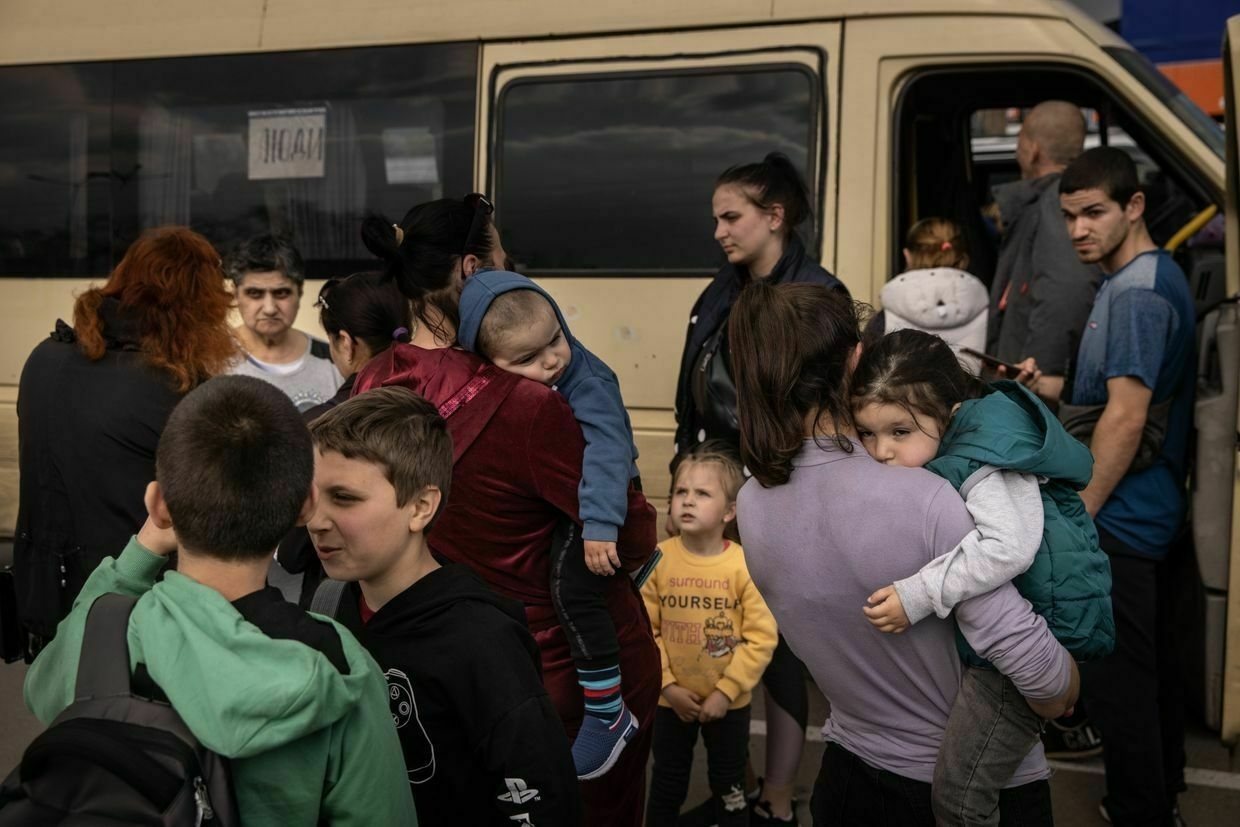
-
Moscow court fines Google for disclosing data on Russian soldiers killed in Ukraine
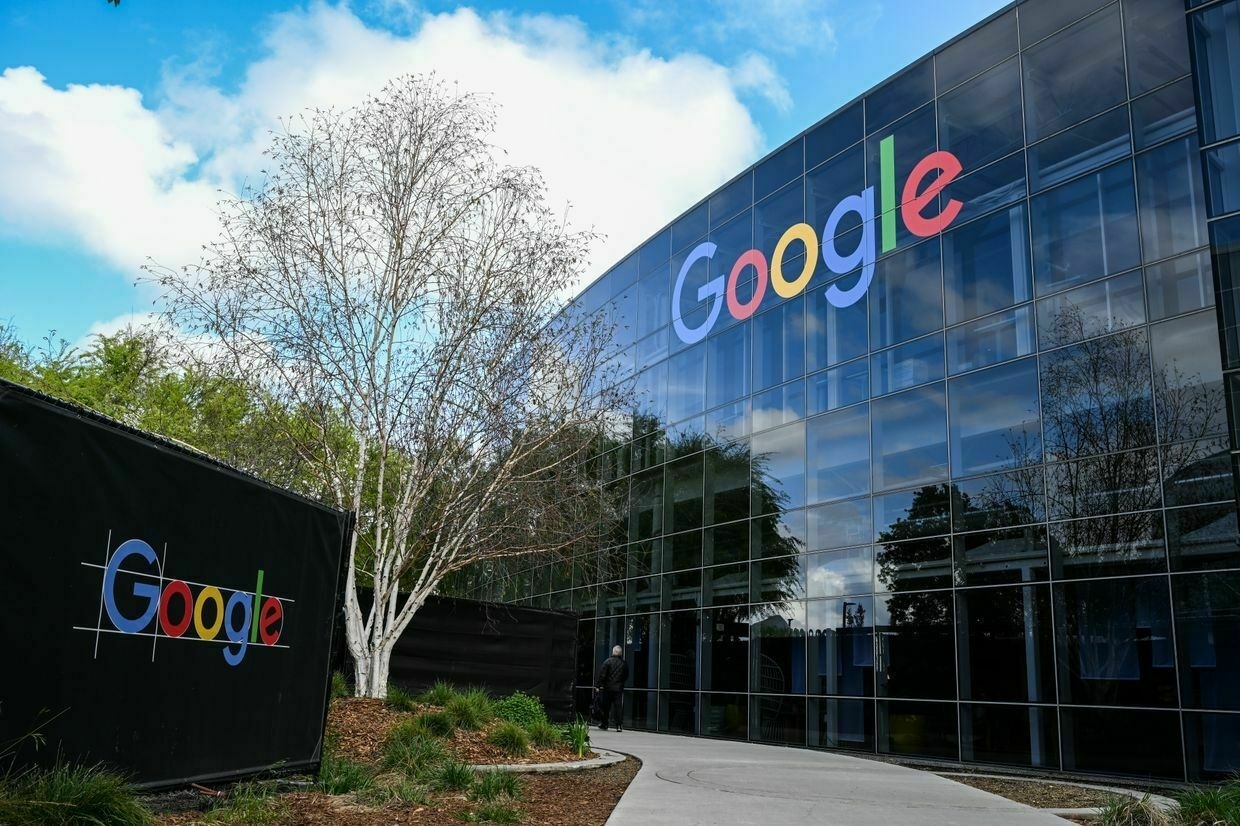
A Moscow court has found Google, owned by U.S. tech giant Alphabet, guilty of disclosing personal data of Russian servicemen killed in Ukraine, Russia’s state-run TASS news agency reported on April 21.
The ruling reportedly stems from a YouTube video that allegedly revealed both casualty figures and personal details of Russian soldiers killed during the full-scale invasion.
The court found Google guilty under Article 13.41(2) of Russia’s administrative code, which covers the “violation of procedures for restricting access to information that must be limited under Russian law.” The company was fined 3.8 million rubles (approximately $45,000), according to the court ruling.
Russia has long pressured foreign tech platforms to remove content it considers illegal, including what it describes as “fakes” about the war in Ukraine. Authorities have routinely issued fines—often relatively small but persistent—against companies they accuse of non-compliance.
Russian President Vladimir Putin has previously accused Google of acting as a political instrument of the United States. In December, he claimed the platform was used by then-President Joe Biden’s administration to “score political points."
In April, a Russian independent media outlet, Mediazona, in collaboration with the BBC Russian service, confirmed the identities of 101,833 Russian military personnel killed in Ukraine.
Mediazona’s latest report covers the period from February 24, 2022, to April 7, 2025. Since it was last updated at the end of March, 1,882 additional Russian military personnel have been killed.
Trump hopes Russia, Ukraine ‘make a deal this week,’ promises ‘big business’ with US“Hopefully Russia and Ukraine will make a deal this week. Both will then start to do big business with the United States of America, which is thriving, and make a fortune.”The Kyiv IndependentAbbey Fenbert
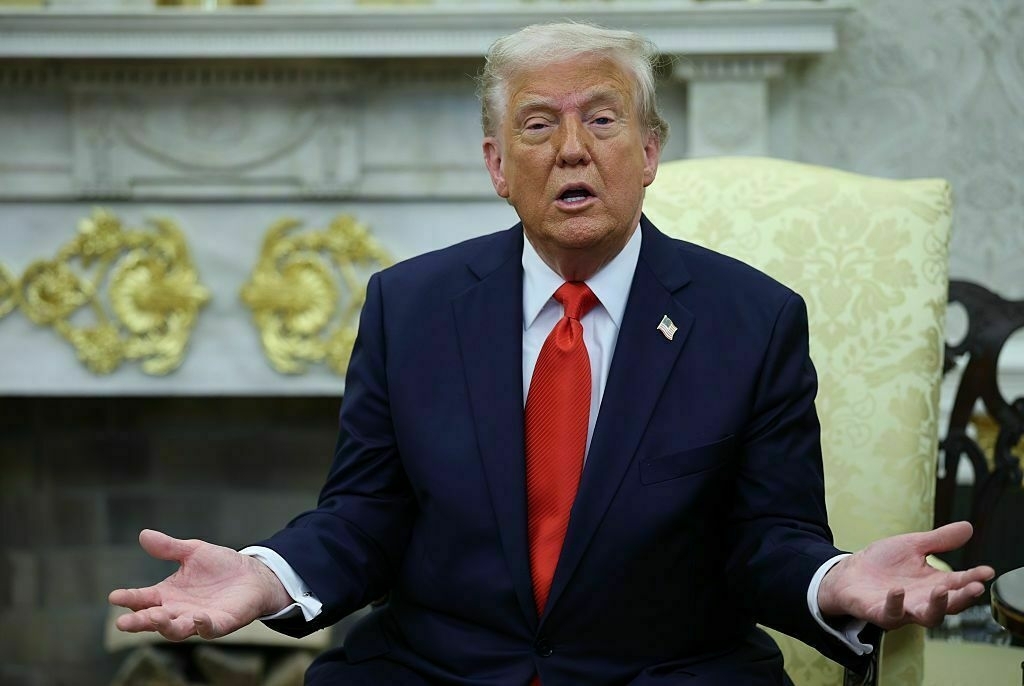
-
Belarus welcomes Easter truce, hopes for 'de-escalation,' foreign ministry claims
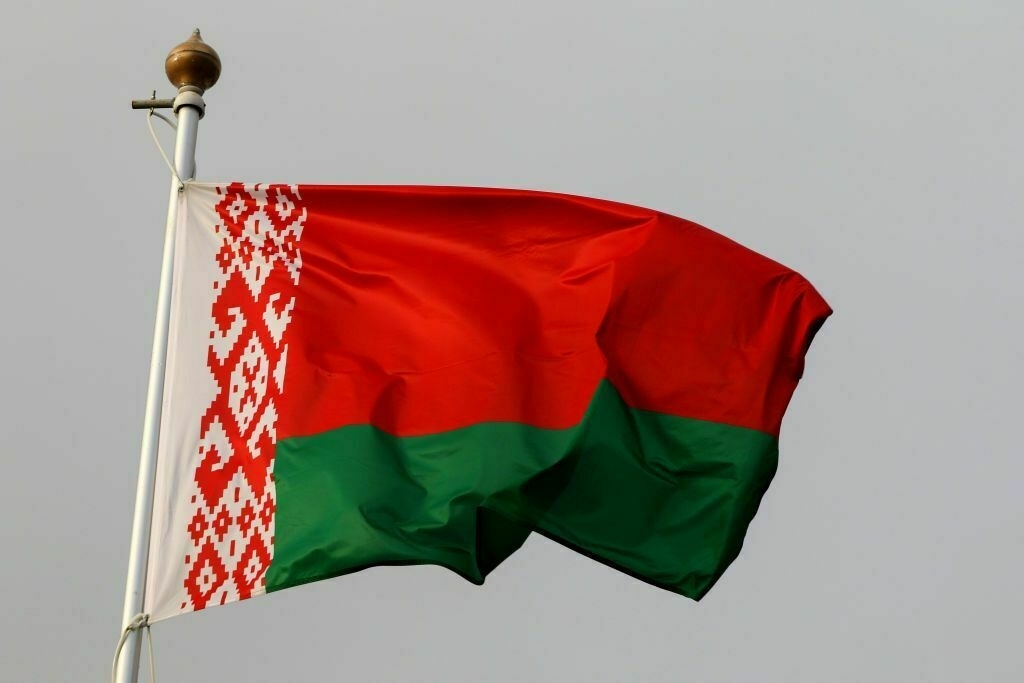
Belarus has welcomed an Easter truce between Ukraine and Russia, the Belarusian Foreign Ministry said in a statement on April 20.
Russia declared a temporary Easter ceasefire from April 19 until midnight on April 21 despite later violating the truce multiple times, according to President Volodymyr Zelensky and soldiers on Ukraine’s front lines. Belarusian authorities have parroted Kremlin narratives and stood behind Russia as it continues to wage its war against Ukraine.
“This move was taken on the eve of Easter, which makes it particularly significant and symbolic,” the Belarusian Foreign Ministry said in a statement.
The Foreign Ministry, in its statement, repeated Russian narratives. Saying that Ukraine, Belarus, and Russia are “fraternal nations,” an idea normalized in the Soviet Union and considered to undermine the distinct identities of Ukrainians and Belarusians.
The Ministry claimed it hopes for a “diplomatic settlement” to end Russia’s war against Ukraine.
“We hope that the truce will lead to de-escalation of tensions and will allow moving on to a diplomatic settlement,” the Belarusian Foreign Ministry said.
Moscow has shown signs it is unwilling to move forward on a peace deal with Ukraine. Russian authorities have listed maximalist demands in ceasefire negotiations with Ukraine and the U.S.
Ukraine has already agreed to a U.S.-proposed full 30-day ceasefire, saying on March 11 that Kyiv is ready if Russia also agrees to the terms. So far, Moscow has refused.
“Hopefully Russia and Ukraine will make a deal this week,” U.S. President Donald Trump wrote in a social media post on April 20.
Ukraine war latest: Moscow violates ‘Easter truce,’ Ukraine brings home 277 POWs in swap with RussiaKey developments on April 19-20: * Multiple Russian ceasefire violations reported from front line during Easter ceasefire, Zelensky says * Ukraine brings home 277 POWs in swap with Russia * Ukraine advances in Russia’s Belgorod Oblast, Zelensky says * Republican US Congressman Fitzpatrick visit…The Kyiv IndependentThe Kyiv Independent news desk
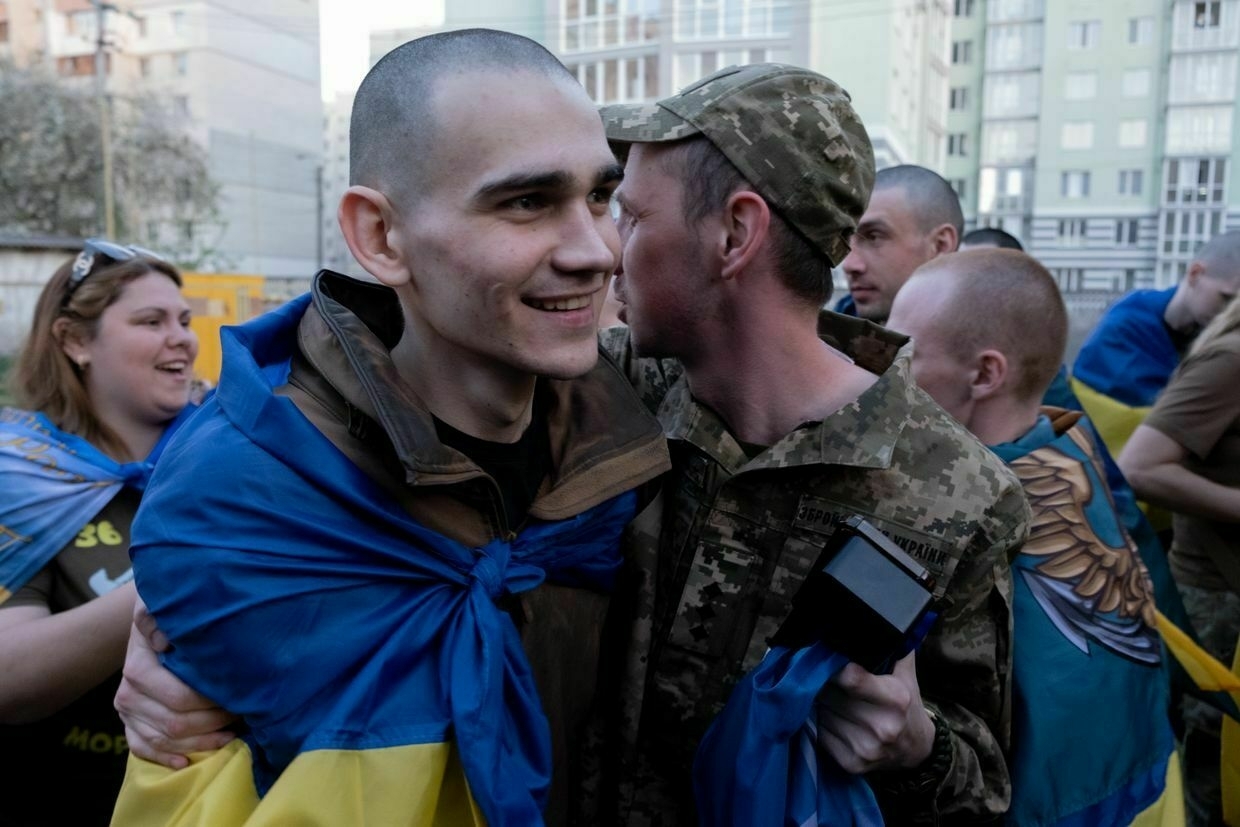
-
Trump hopes Russia, Ukraine 'make a deal this week,' promises 'big business' with US
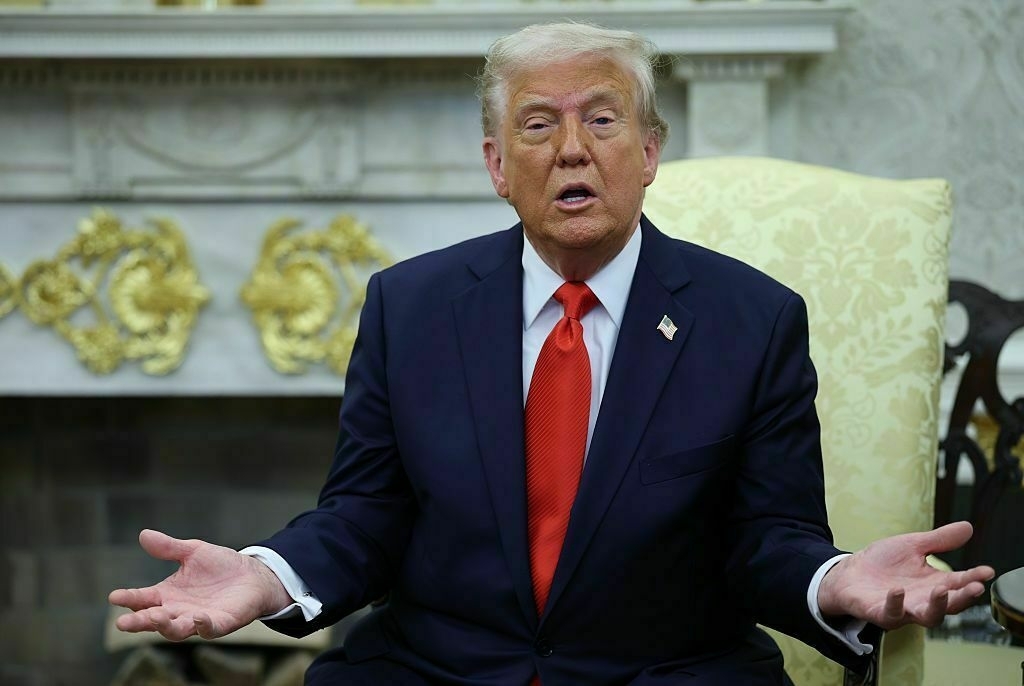
Russia and Ukraine will be able to “do big business” with the United States if they secure a peace deal in the next week, U.S. President Donald Trump wrote in a social media post on April 20.
Trump’s comments come shortly after he threatened to pull U.S. support from the peace process altogether if either Russia or Ukraine caused negotiations to stall.
“Hopefully Russia and Ukraine will make a deal this week,” Trump wrote on Truth Social.
“Both will then start to do big business with the United States of America, which is thriving, and make a fortune.”
Trump’s post was published on Easter Sunday, amid what was supposed to be a temporary ceasefire in Russia’s war against Ukraine. Russian President Vladimir Putin on April 19 declared an “Easter truce," promising to halt all combat operations until midnight on April 21.
Russia has since violated the truce over 2,000 times, President Volodymyr Zelensky said.
Ukraine and the U.S. both called on Putin to extend the truce beyond Easter and impose a complete 30-day ceasefire. According to Kremlin Spokesperson Dmitry Peskov, Putin gave no such order.
Zelensky later on April 20 proposed a 30-day ban on long-range missile and drone strikes against civilian infrastructure, noting that Russia had managed to halt aerial attacks against Ukraine on Easter.
Some European leaders expressed skepticism at Putin’s Easter truce, with Czech Foreign Minister Jan Lipavsky calling it a “media stunt” designed to appease an increasingly impatient Trump.
Trump’s Ukraine peace push is really about business — and Putin knows itThe American and Russian delegations that just met in Istanbul had made it clear that they were there to discuss the normalization of their diplomatic missions’ work, not the war in Ukraine. But such engagement is a clear corollary to U.S. President Donald Trump’s efforts to negotiate anThe Kyiv IndependentNina L. Khrushcheva
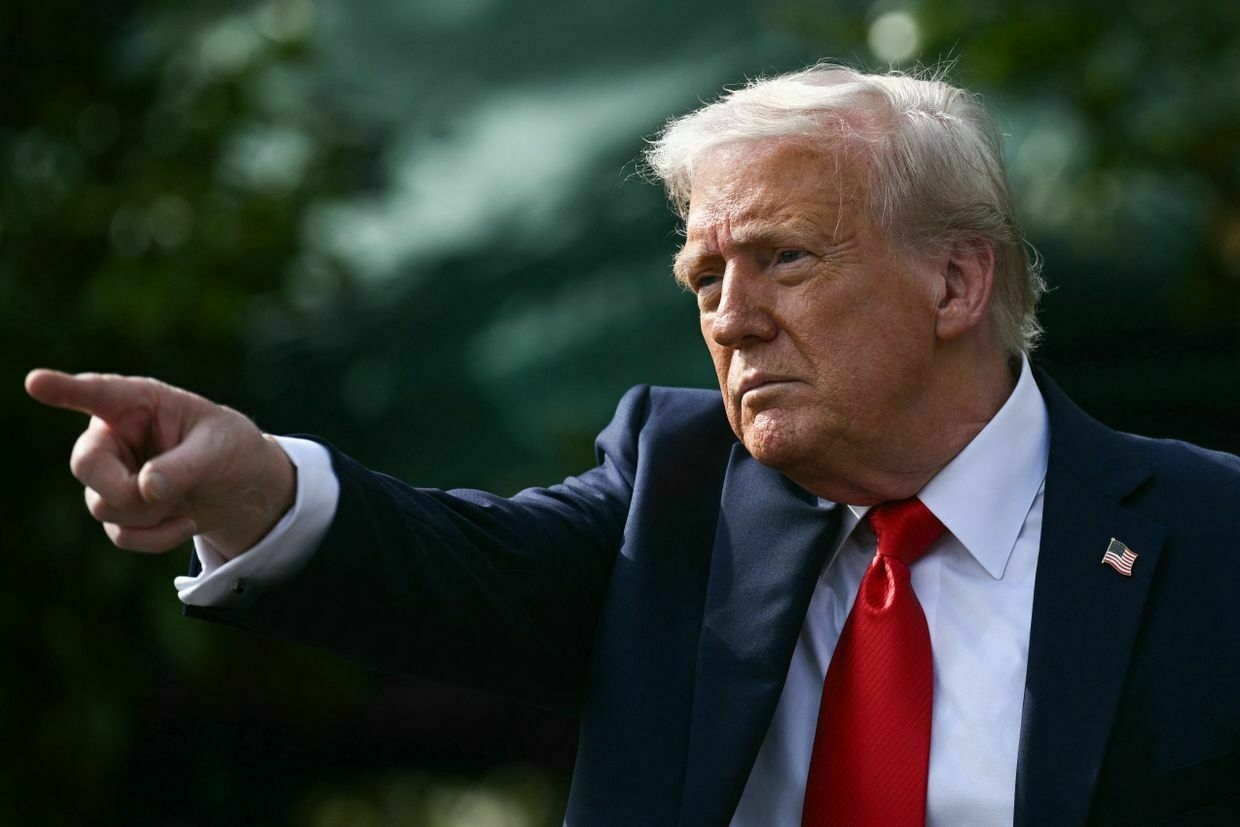
Trump told reporters on April 18 that he was ready to “take a pass” on negotiating a peace settlement between Russia and Ukraine.
“If for some reason one of the two parties makes it very difficult, we’re just going to say: ‘you’re foolish, you’re fools, you’re horrible people,’ and we’re just going to take a pass. But hopefully we won’t have to do that,” he said.
Earlier that day, U.S. Secretary of State Marco Rubio said Washington would abandon its negotiation efforts in the coming days if there was no progress on an agreement.
The comments represent an abrupt about-face for the Trump administration, which has made a Ukraine-Russia peace deal a priority since the Jan. 20 inauguration. Trump spent the months leading up to his election promising to end the war in 24 hours and has repeatedly boasted about his ability to secure a deal.
Business interests have played a key role in Trump’s approach to both Ukraine and Russia.
Since Trump took office, Washington has taken steps to normalize relations with Moscow, emphasizing strengthened economic ties. Following a phone call between Trump and Putin on March 18, the Kremlin said the leaders were interested in developing “mutually beneficial cooperation” in a number of sectors. The White House later touted the potential for “enormous economic deals” between the two countries.
White House Press Secretary Karoline Leavitt said on April 15 that “economic partnerships” with the U.S. could serve as an incentive for Russia to end the war in Ukraine.
The Trump administration is also pursuing a minerals deal with Kyiv that would give the U.S. broad control over revenues from Ukraine’s natural resources — something Washington claims it deserves in return for military aid provided to Kyiv. The U.S. maintains the agreement would help protect Ukraine against Russian aggression, though it includes no security guarantees.
‘They’re hitting us with everything’ — No sign of Russia’s Easter ‘truce,’ Ukrainian soldiers sayRussian President Vladimir Putin announced an Easter truce starting on April 19, claiming that it would “test Ukraine’s sincerity in pursuing peace talks,” but across the front line, Ukrainian soldiers have told the Kyiv Independent they have yet to see any sign of it. The “Easter ceasefire” was s…The Kyiv IndependentKate Tsurkan
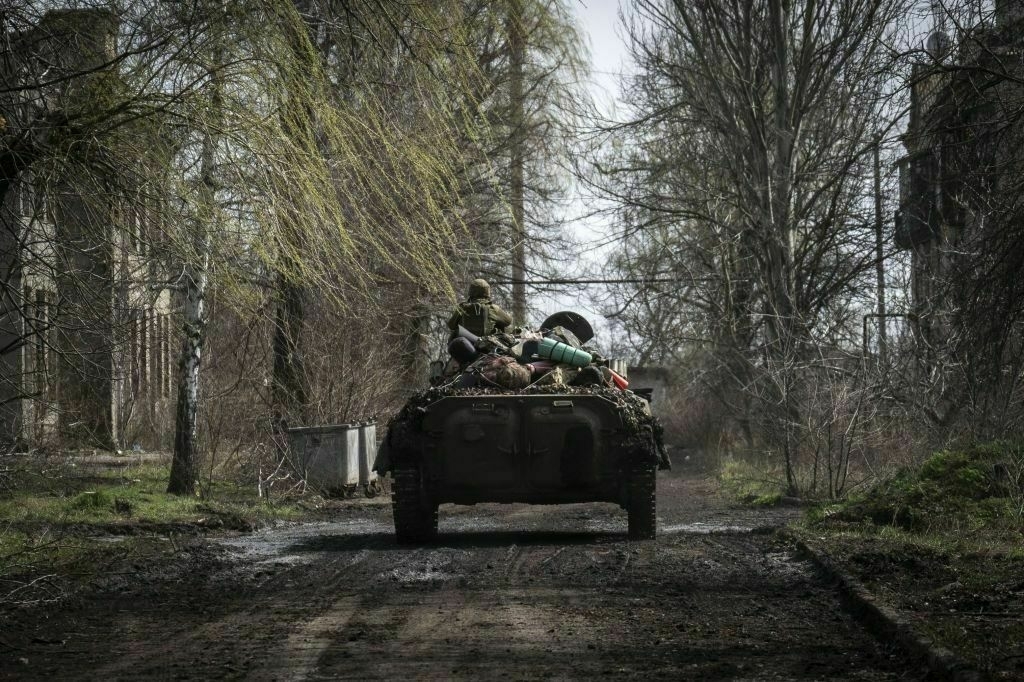
-
Republican And Trump Voter: Marine Scout Sniper Fights 728 Days In Ukraine
-
US wants Putin to extend Easter truce beyond Sunday, State Department says
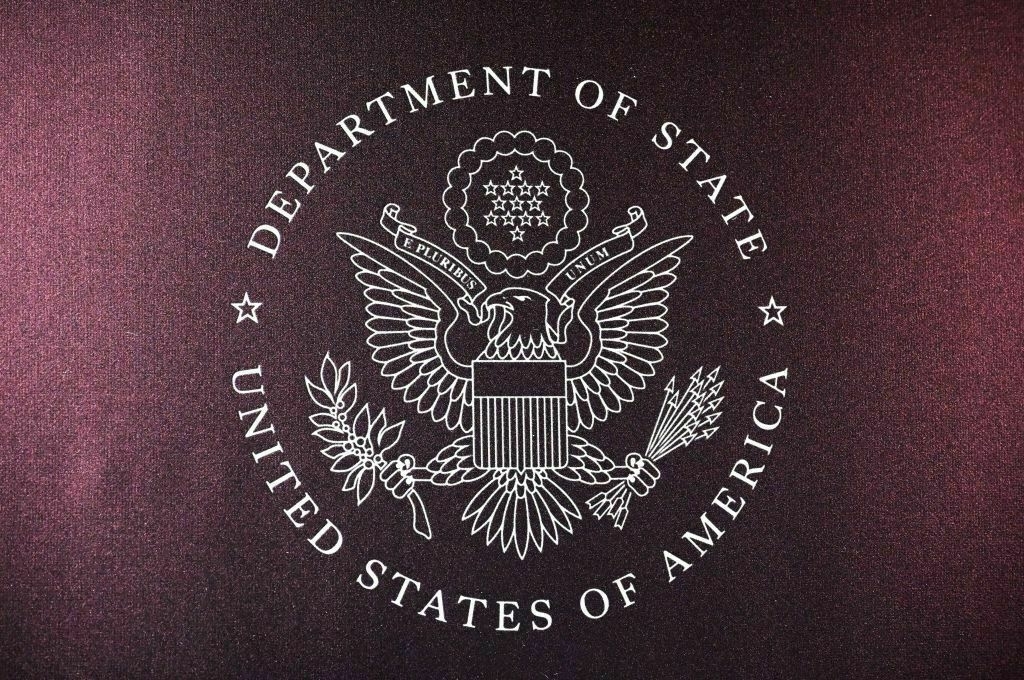
The United States aims to secure “a full and comprehensive ceasefire” in Ukraine beyond a temporary Easter truce, a U.S. State Department spokesperson said on April 20 in a statement emailed to Reuters.
Russian President Vladimir Putin unilaterally declared a temporary Easter ceasefire from 6 p.m. Moscow time on April 19 until midnight on April 21. Russia has already violated the truce multiple times, according to President Volodymyr Zelensky and soldiers on Ukraine’s front lines.
“We have seen President Putin’s announcement of a temporary ceasefire due to Easter. We remain committed to achieving a full and comprehensive ceasefire,” the U.S. State Department said in a statement emailed to Reuters.
“As we assess their seriousness in this instance, we would welcome it extending beyond Sunday."
Putin has given no orders to extend the ceasefire, Kremlin Spokesperson Dmitry Peskov said on April 20.
Ukraine is ready to extend the truce to at least 30 days, Zelensky said on April 19. The president responded to Putin’s declaration by inviting Russia to accept a month-long unconditional ceasefire.
“This will show Russia’s true intentions, because 30 hours is enough for headlines, but not for real confidence-building measures. Thirty days can give peace a chance,” he said.
Ukraine will abide by a ceasefire for as long as Russia does, but will return fire if attacked, Zelensky said.
The U.S. initially proposed a complete 30-day ceasefire between Russia and Ukraine in March, during talks with Kyiv and Moscow in Saudi Arabia. Ukraine accepted the proposal immediately and said it would enact a ceasefire once Russia agreed to the same terms.
Russia has persistently rejected calls for a wider ceasefire, refusing the U.S. proposal unless Ukraine takes actions to undermine its defense capabilities, including halting all foreign military aid.
U.S. President Donald Trump on April 18 threatened to withdraw from the Russia-Ukraine peace process if either side “makes it very difficult” to achieve a deal. Putin announced his 30-hour “ceasefire” the following day.
European leaders have responded skeptically to Russia’s move, calling it a “media stunt” and urigng Putin to declare an unconditional ceasefire.
Meanwhile, soldiers fighting on Ukraine’s front lines say they see no sign of any Easter truce.
Ukraine war latest: Moscow violates ‘Easter truce,’ Ukraine brings home 277 POWs in swap with RussiaKey developments on April 19-20: * Multiple Russian ceasefire violations reported from front line during Easter ceasefire, Zelensky says * Ukraine brings home 277 POWs in swap with Russia * Ukraine advances in Russia’s Belgorod Oblast, Zelensky says * Republican US Congressman Fitzpatrick visit…The Kyiv IndependentThe Kyiv Independent news desk
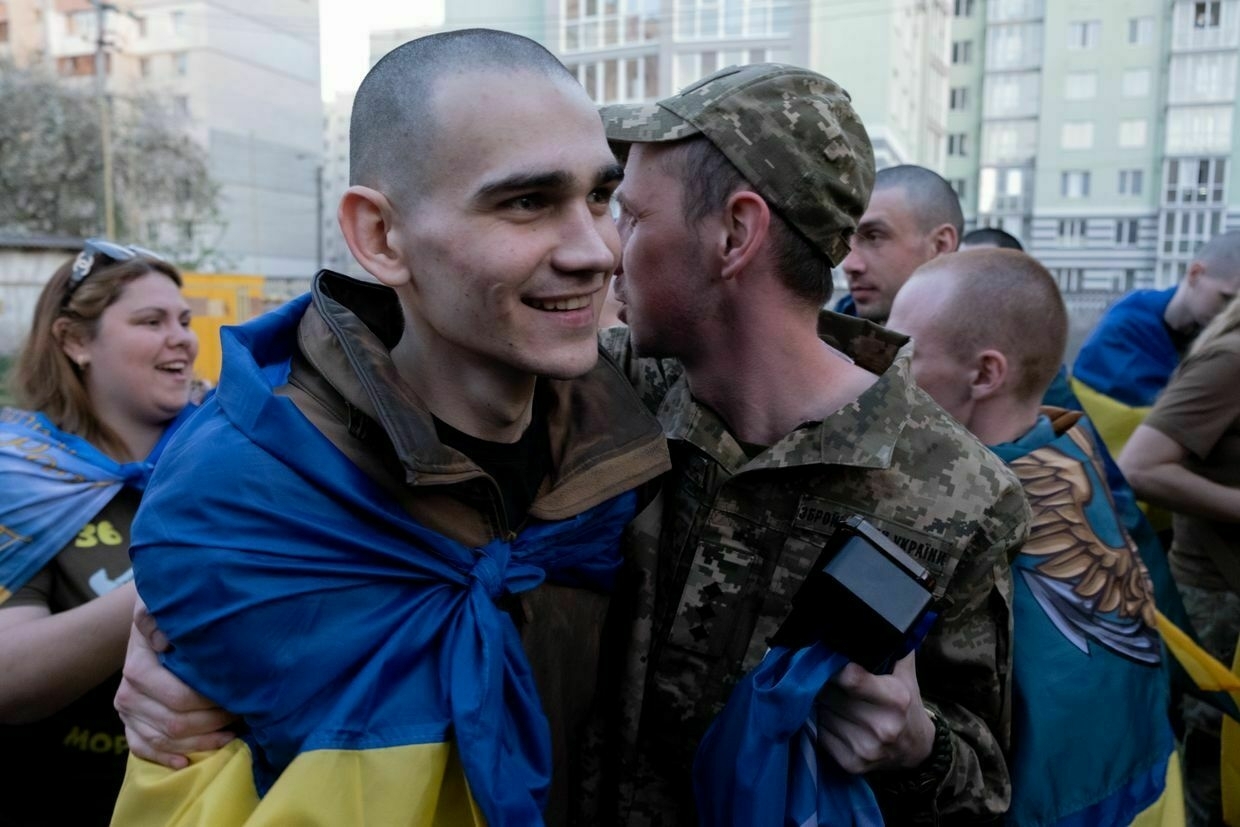
-
Czech FM dismisses Putin's Easter truce as 'media stunt'
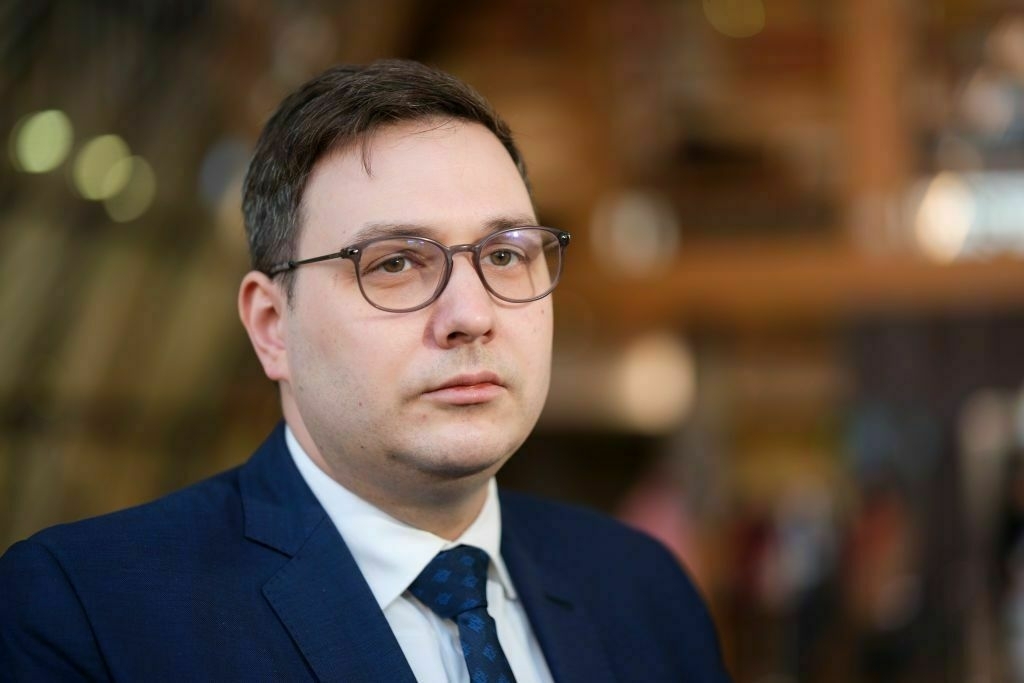
Russian President Vladimir Putin’s declaration of a temporary ceasefire on the Easter holiday amount to little more than “a media stunt,” Czech Foreign Minister Jan Lipavsky said on April 20.
Putin announced on April 19 that an Easter ceasefire would last from 6 p.m. that evening until midnight on April 21. Russia has already violated the temporary truce multiple times, according to President Volodymyr Zelensky and soldiers on Ukraine’s front lines.
Russia’s failure to follow through on its own ceasefire demonstrate Putin’s contempt of the peace process, Lipavsky told the Czech media outlet CNN Prima News.
“It’s like going on a hunger strike between breakfast and lunch and secretly eating candy,” he said.
“We see that the attacks are continuing. Ukraine reports that there have been a number of attacks, so the ceasefire declared in this way is more of a media stunt than reality.”
The weekend ceasefire is also no substitution for the full 30-day ceasefire on hostilities that the U.S. has been lobbying for since March, Lipavsky continued.
“Putin never agreed to that and started to set other conditions. We should look at what the reality is rather than at the words,” he said.
Ukraine has agreed to enter a complete month-long truce since March 11. Kyiv’s only requirement is that Moscow abide by the same terms — but the Kremlin has continuously pushed back on Washington’s proposal, demanding extraordinary concessions from Ukraine in exchange for a pause on attacks.
Putin’s declaration of an Easter truce came shortly after U.S. President Donald Trump threatened to withdraw from peace negotiations between Russia and Ukraine.
“If for some reason one of the two parties makes it very difficult, we’re just going to say: ‘you’re foolish, you’re fools, you’re horrible people,’ and we’re just going to take a pass,” Trump told reporters on April 18.
The following day, Putin claimed he ordered the Easter ceasefire.
Relations between the U.S. and Russia have warmed significantly since Trump’s election and subsequent involvement in peace negotiations. Washington is reportedly considering recognizing occupied Crimea as a Russian territory and lifting sanctions against Moscow as part of a future peace deal.
Lipavsky’s dismissal of Putin’s apparent posturing echoes the response of other European leaders to the so-called Easter truce. The U.K. foreign ministry on April 19 called on Russia to go beyond a “one-day pause” and commit to a complete ceasefire. Italian Foreign Minister Antonio Tajani urged Putin “to finally stop this war he started."
Moscow declared an Easter ceasefire. According to Ukrainian soldiers, the shooting never stoppedRussian President Vladimir Putin announced an Easter ceasefire starting on April 19, claiming that it would “test Ukraine’s sincerity in pursuing peace talks,” but across the front line, Ukrainian soldiers tell the Kyiv Independent they have yet to see any sign of it. The “Easter ceasefire” was su…The Kyiv IndependentKate Tsurkan
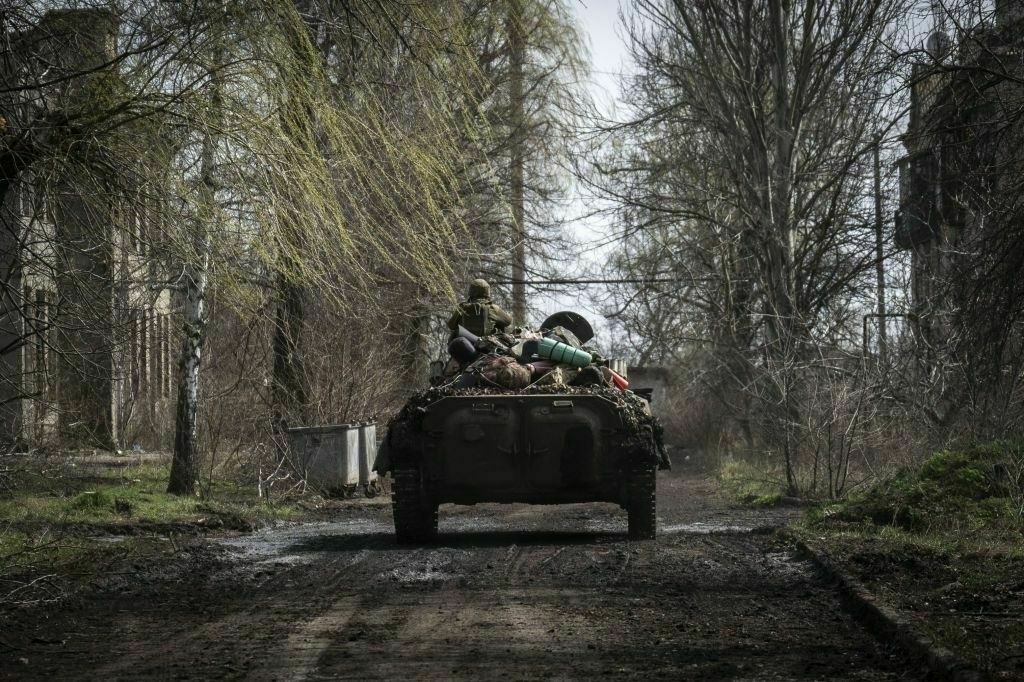
-
Putin's strategic 'Easter Ceasefire': a tactical move to deceive and prepare for escalation
The "Easter ceasefire," as Ukrainian analyst Oleksandr Kovalenko suggests, aims to maintain Washington's favorable stance while preparing for renewed offensives. Despite Russian President Vladimir Putin announcing this ceasefire, Russian forces have reportedly conducted over 20 assaults and more than 400 bombardments employing both barrel and rocket artillery in conflict zones, not to mention the active use of strike drones. All this has occurred within less than a day since the "ceasefire" announcement.
While overall combat intensity has diminished to about one-fourth of previous days, this does not represent a true ceasefire, merely a reduction in war-like actions. Simultaneously, across the conflict regions, Russian forces are freely mobilizing resources, amassing reserves, and gearing up for a significant offensive. In effect, by declaring a unilateral "Easter ceasefire," Russia is unobstructedly prepping for an escalation in hostilities, which it intends to justify by accusing Ukraine of violating the truce.
Essentially, Putin has once more outmaneuvered former President Donald Trump. This follows U.S. Secretary of State Mark Rubio's clear message that the U.S. might pull out of negotiations if none of the involved parties exhibit progress. Regardless, the outcome was likely going to show no advancement, but Putin is keen to convince the White House of his commitment to peace while further prolonging fruitless talks, thereby continuing the war with minimal upheaval. It seems this strategy has been fruitful for Putin, ensuring Trump remains within Russia’s sphere of influence.
